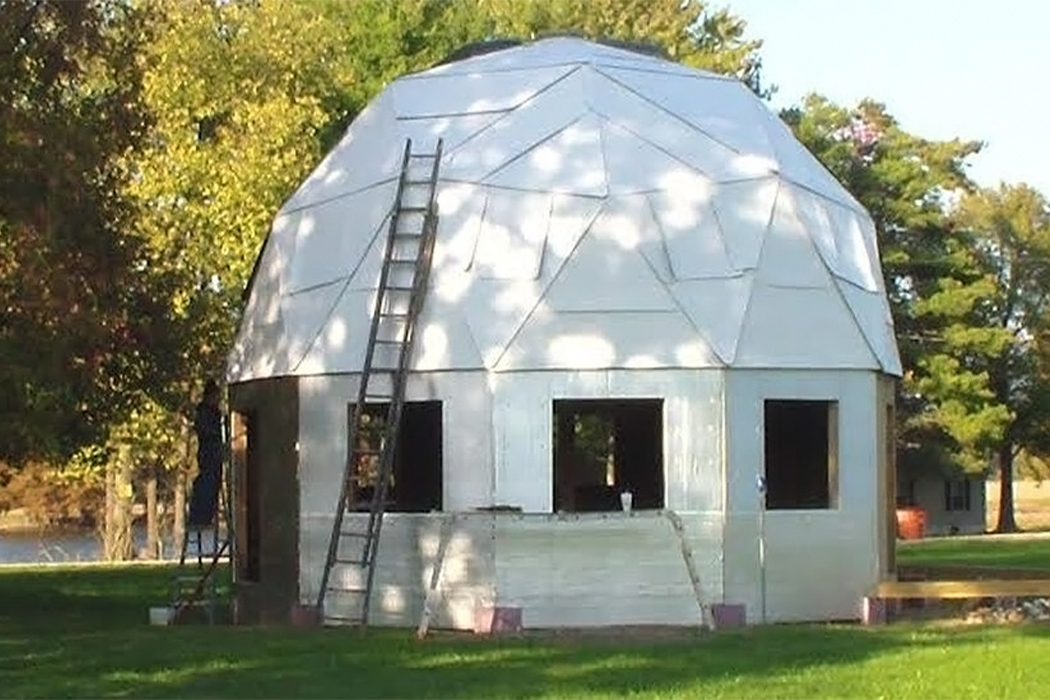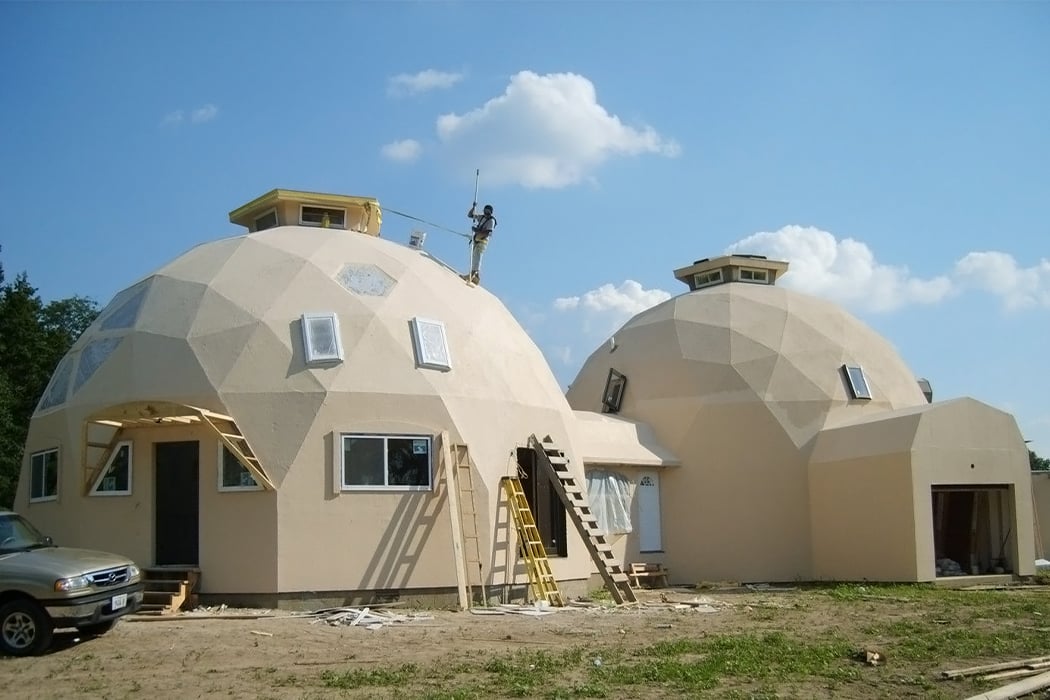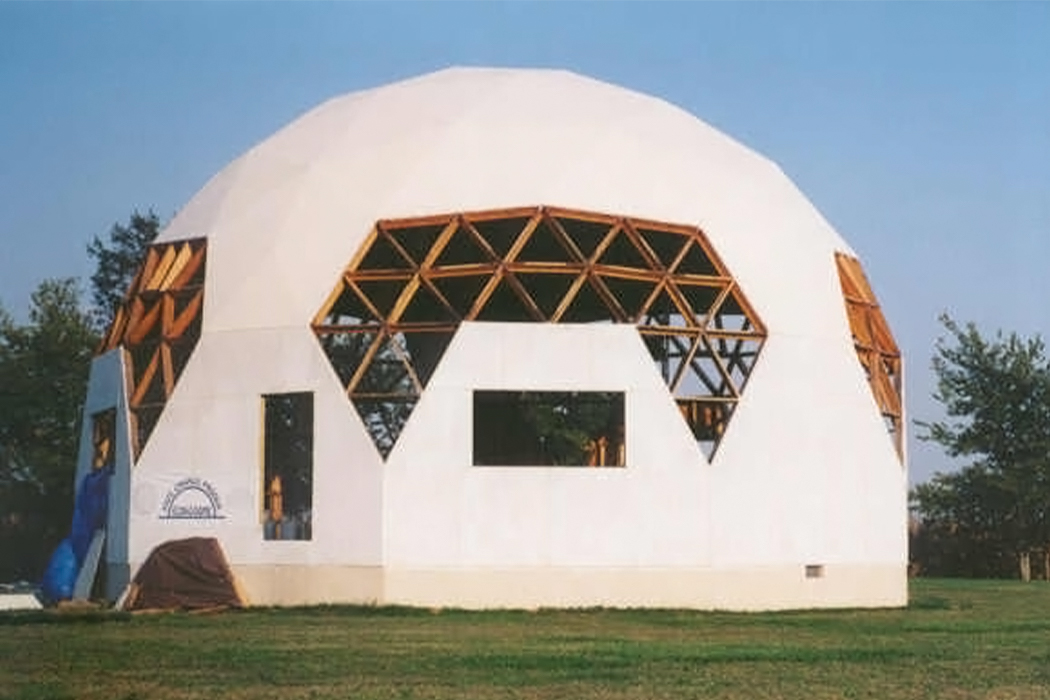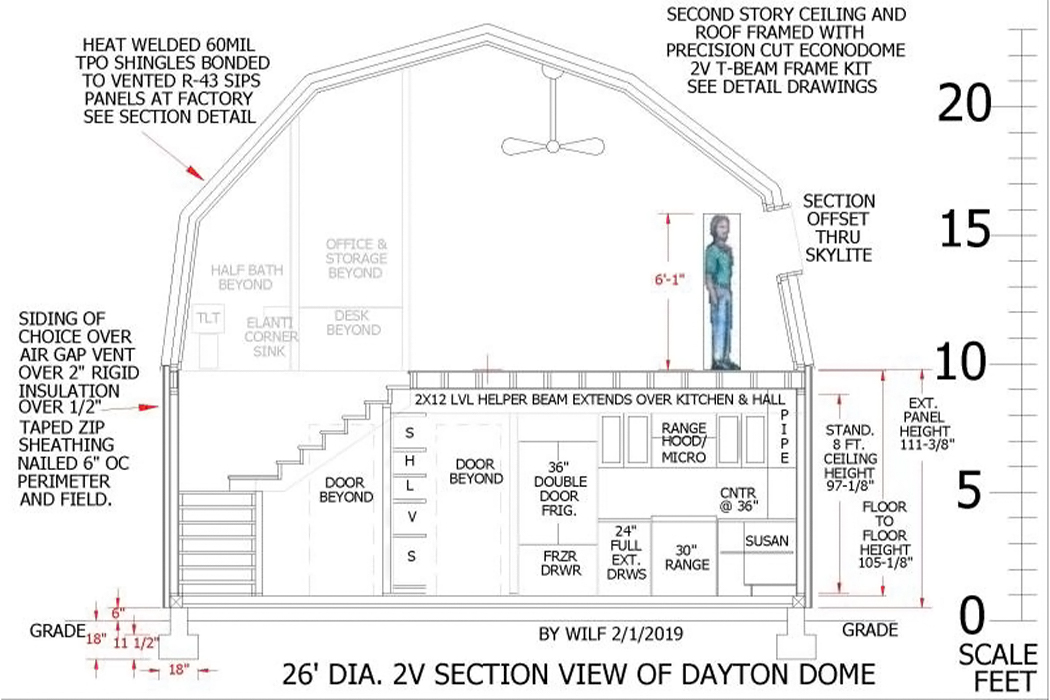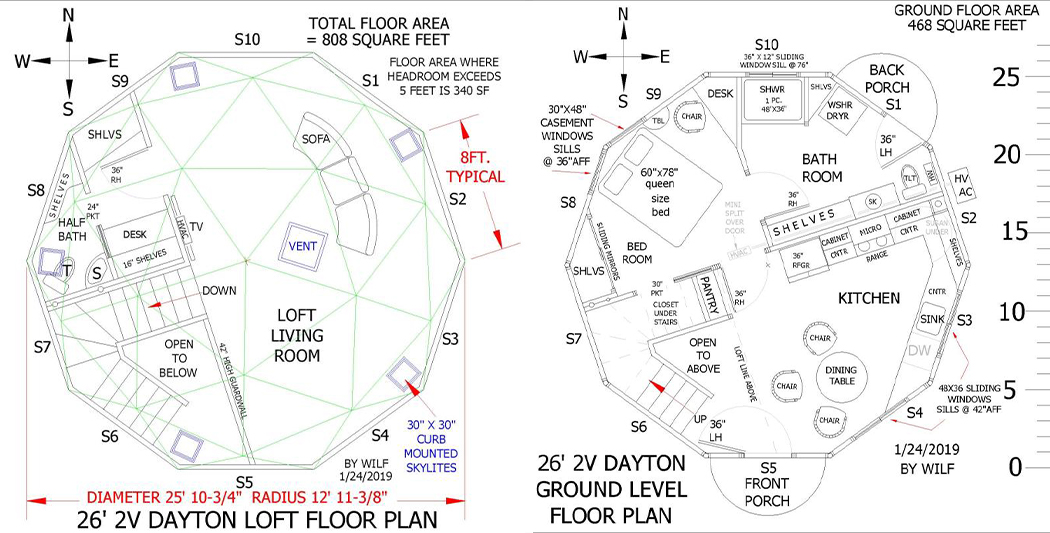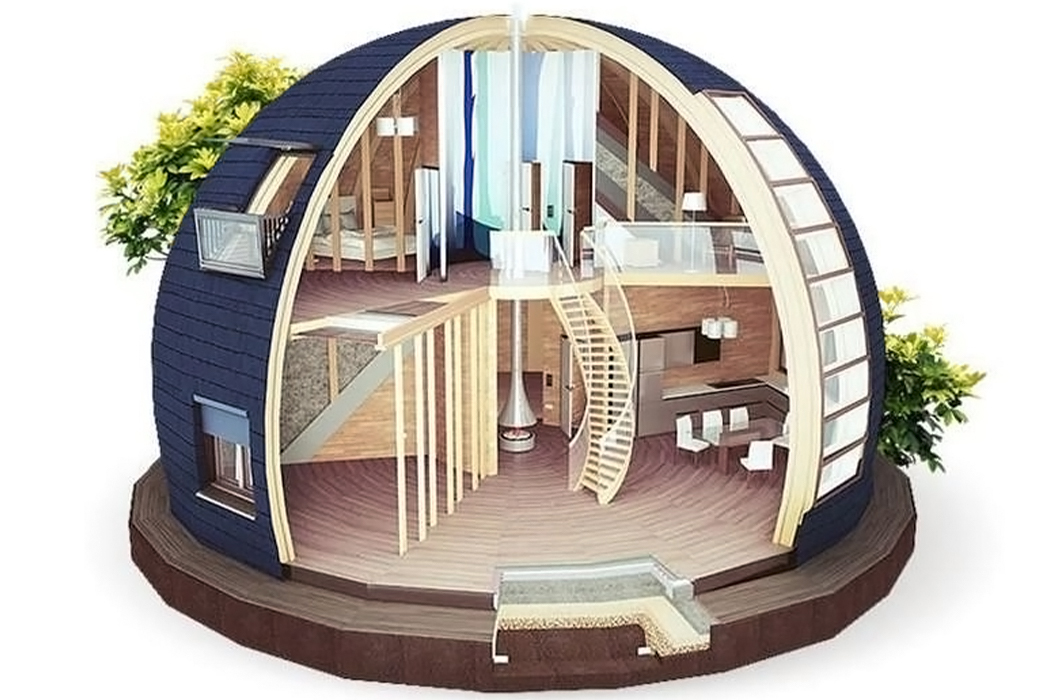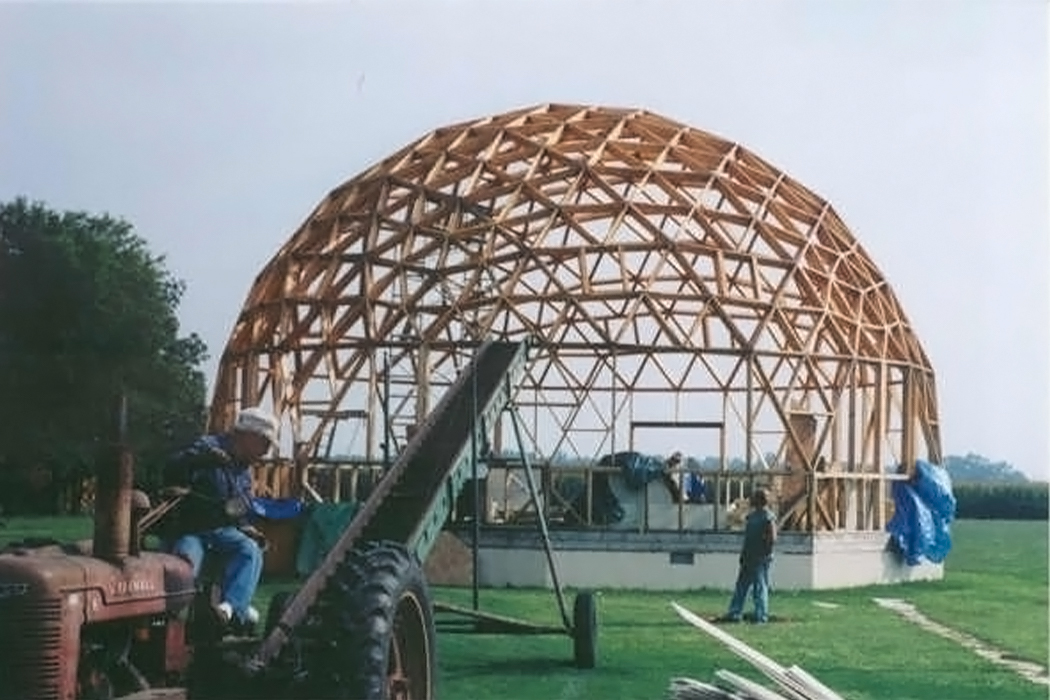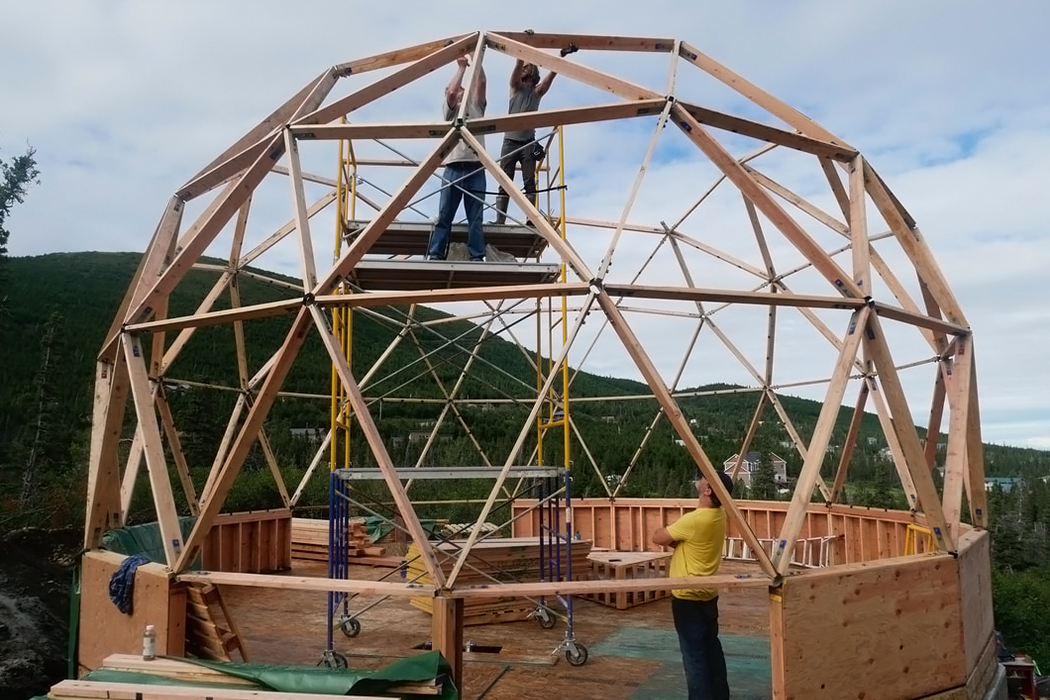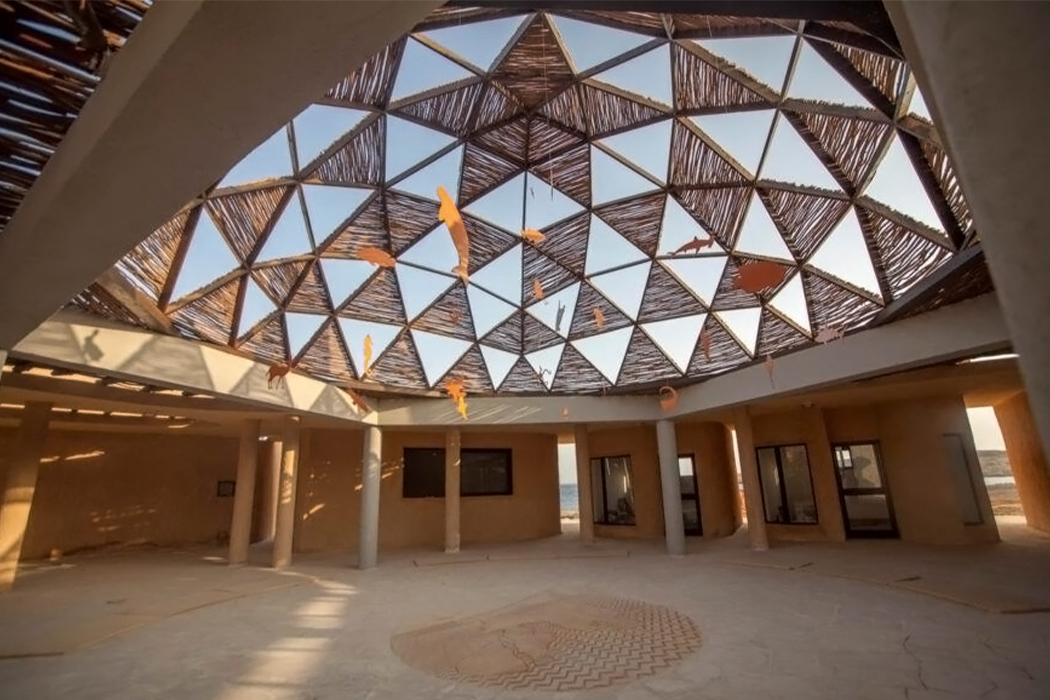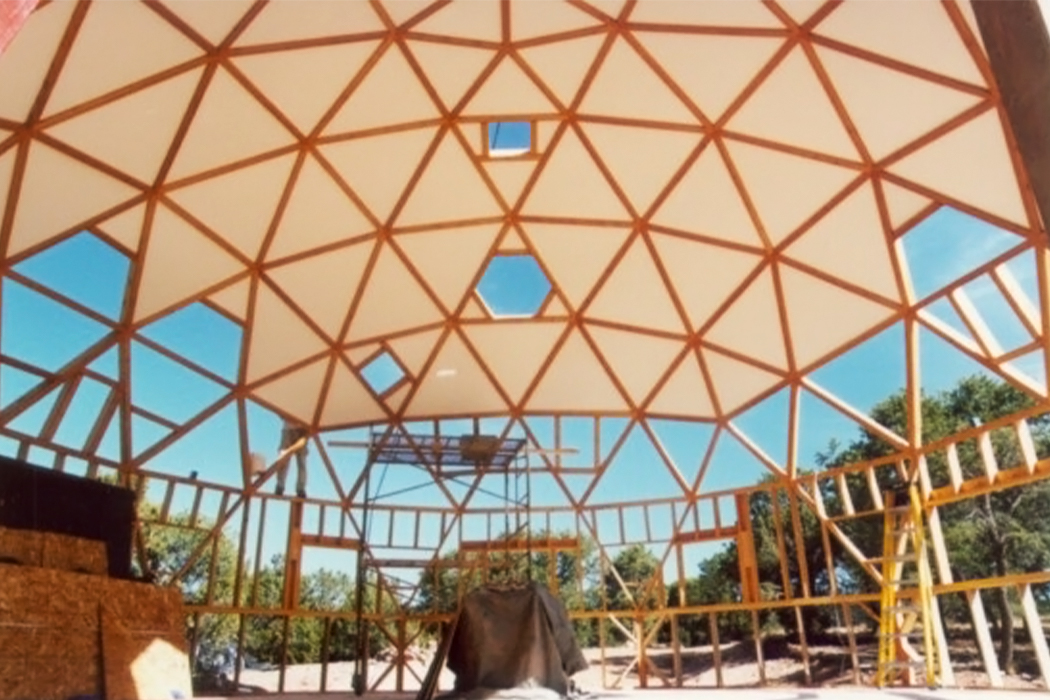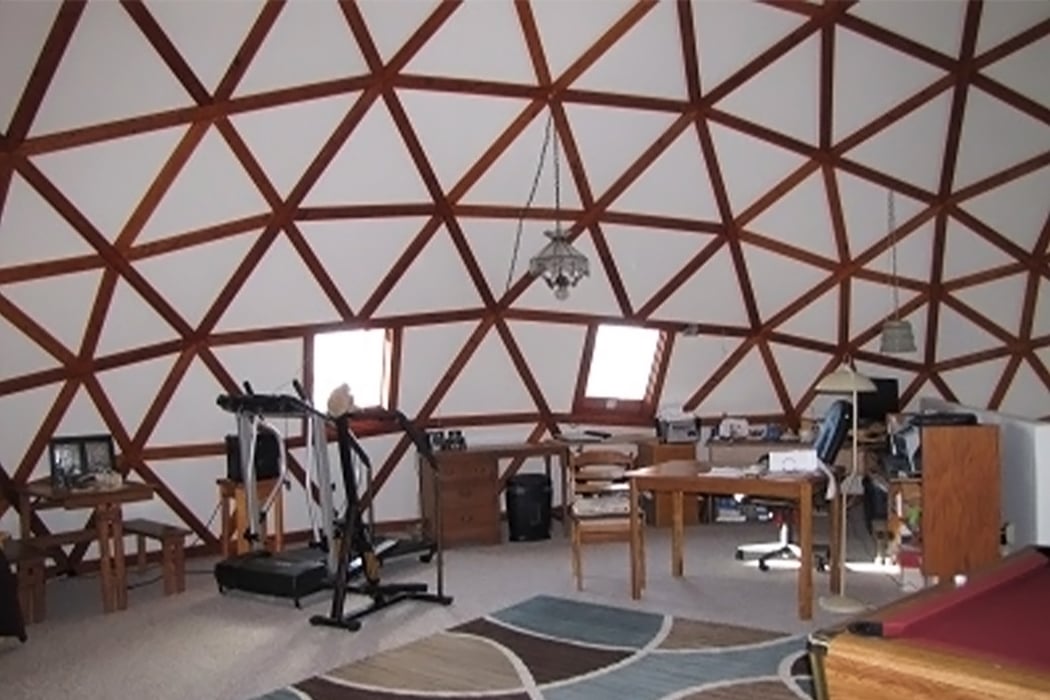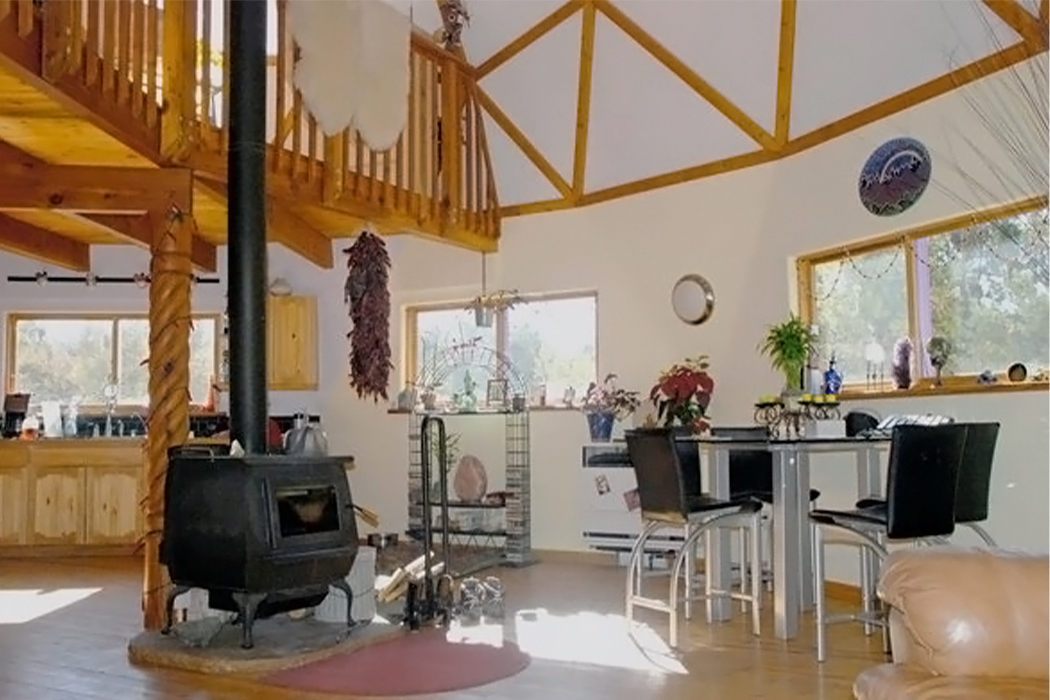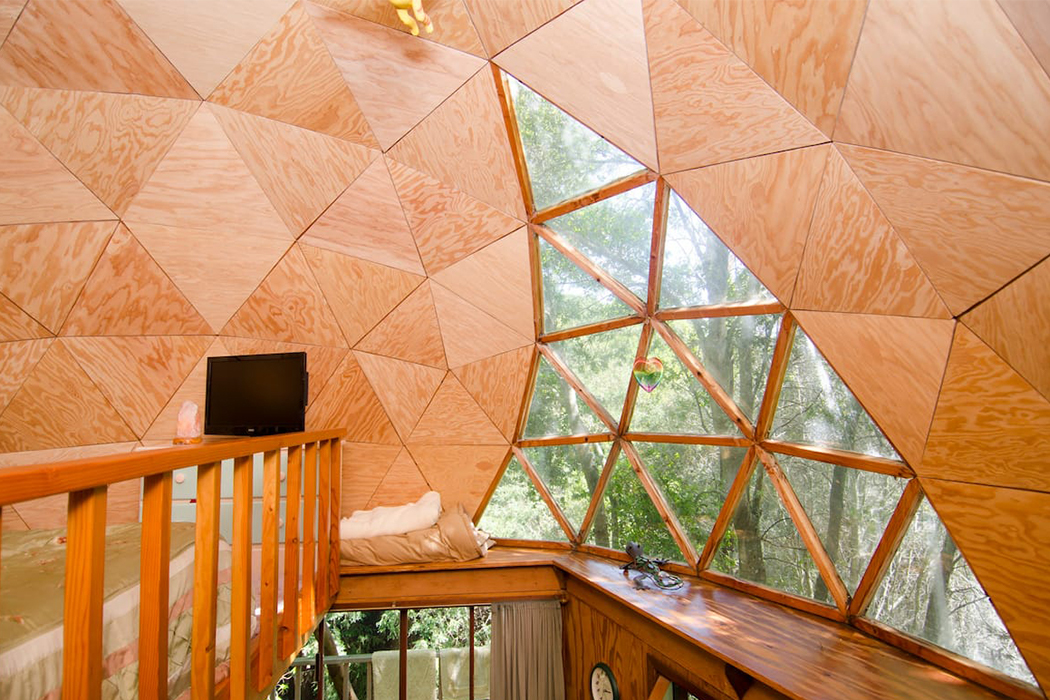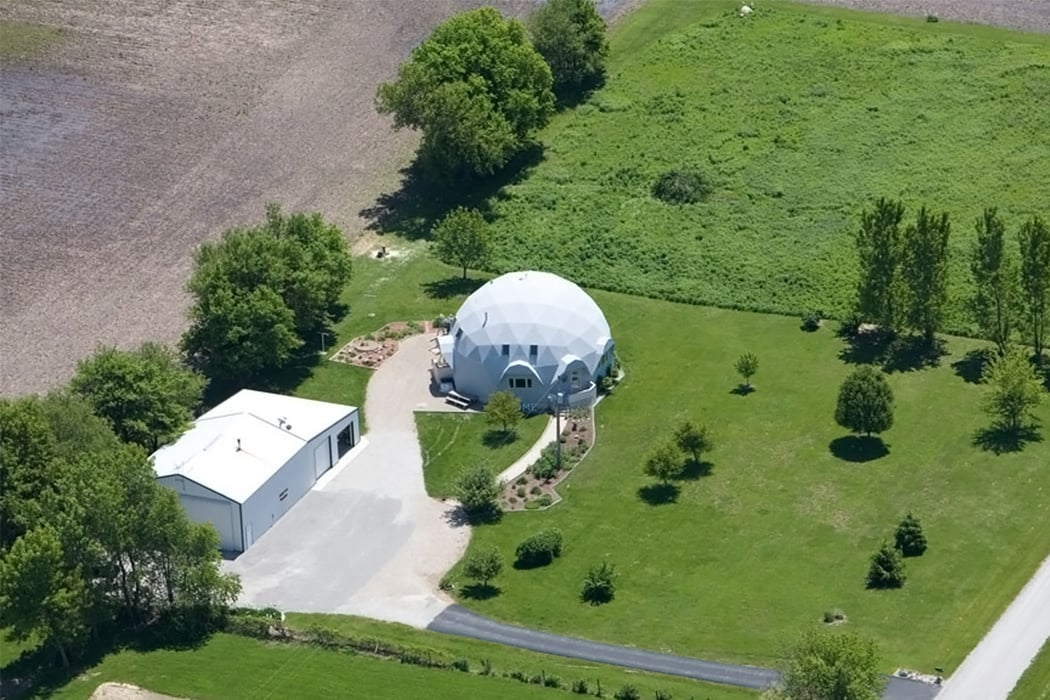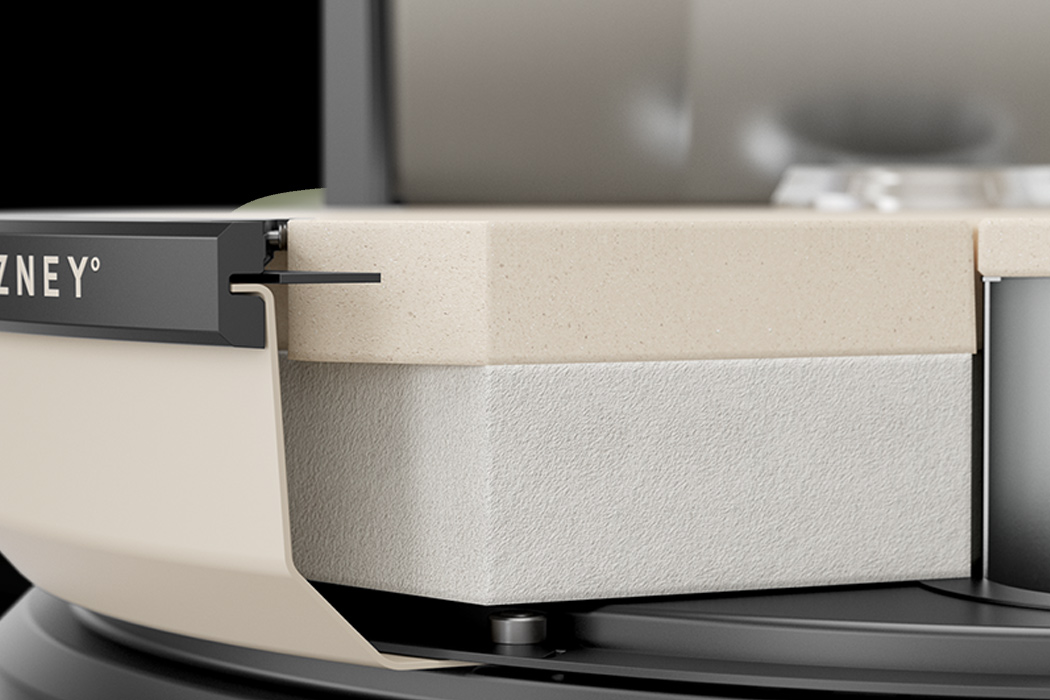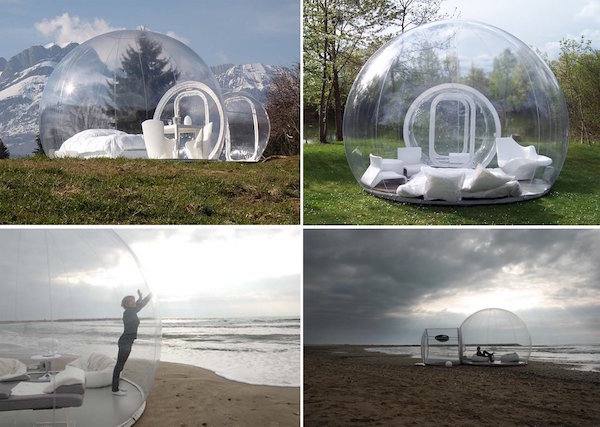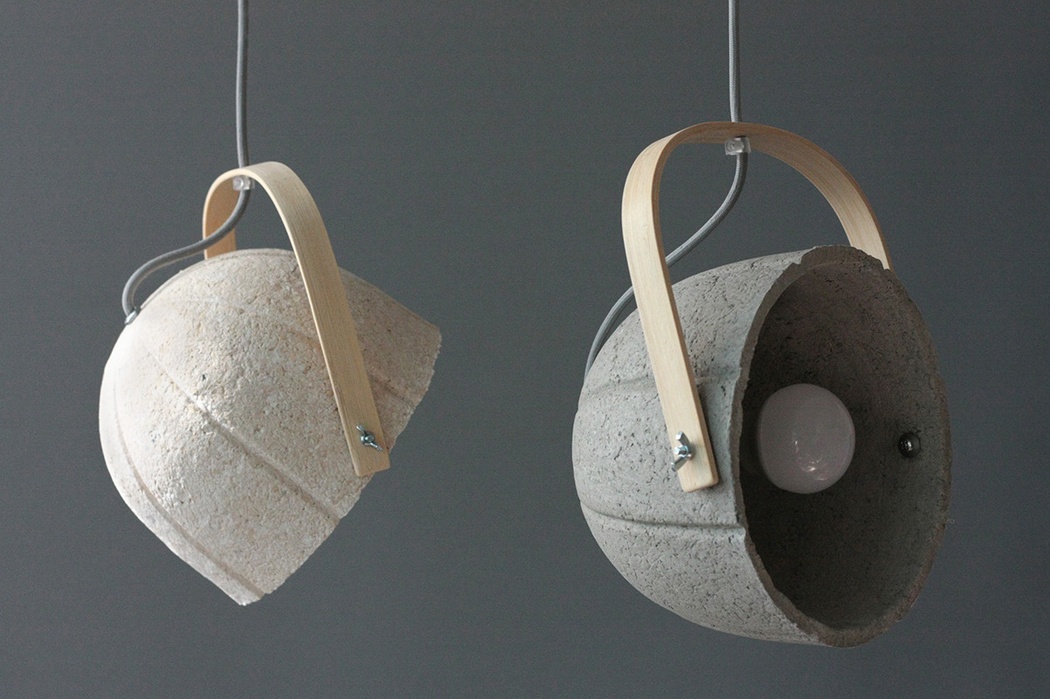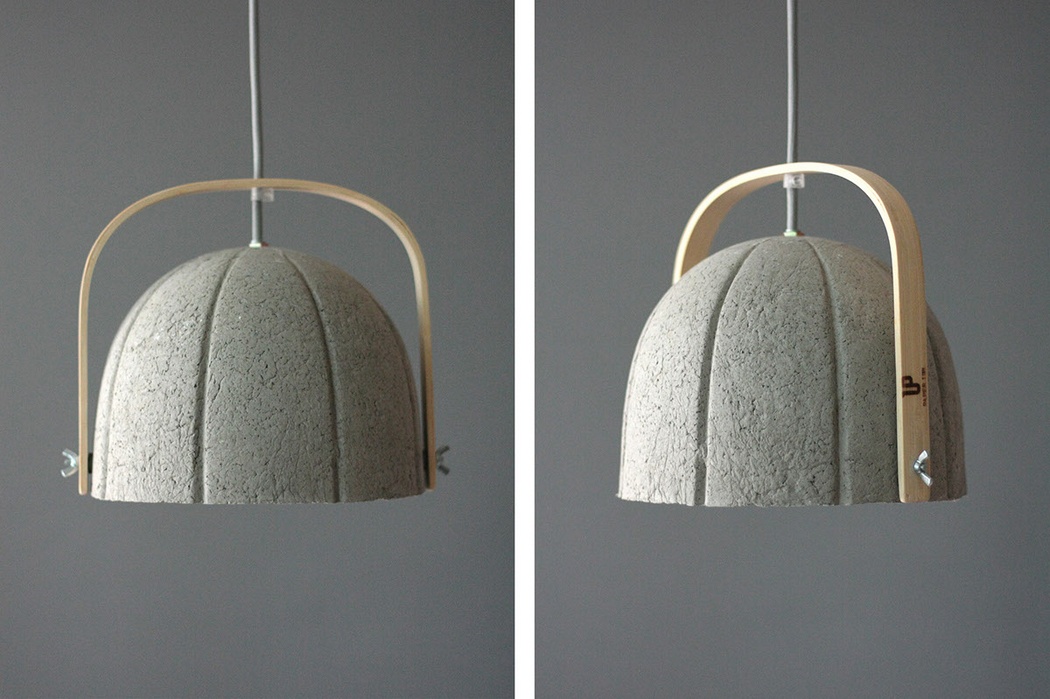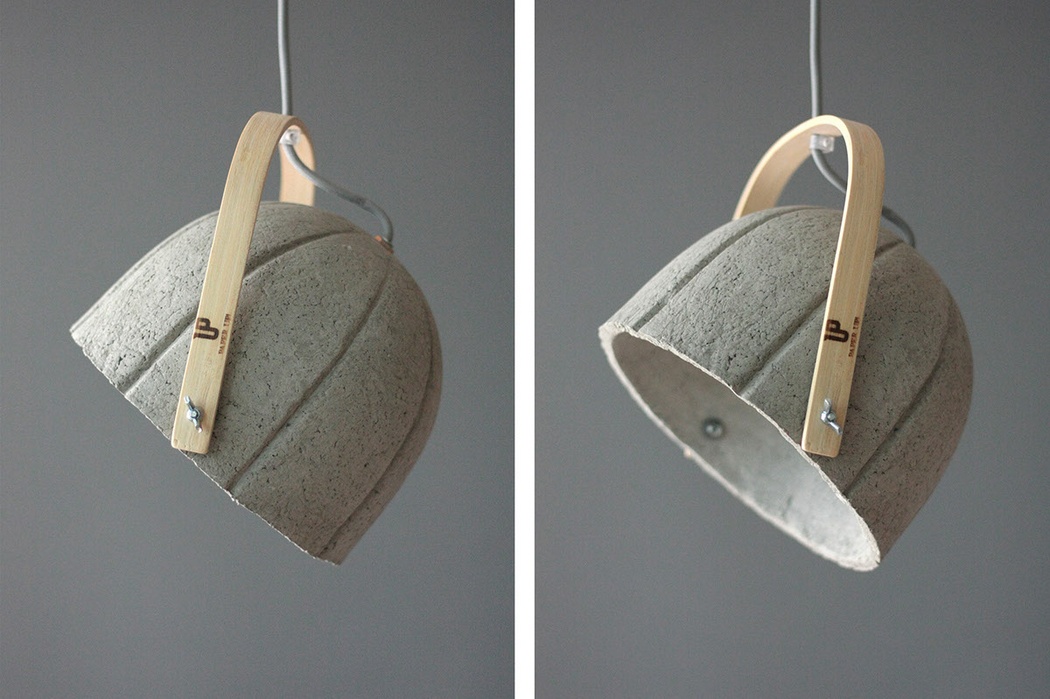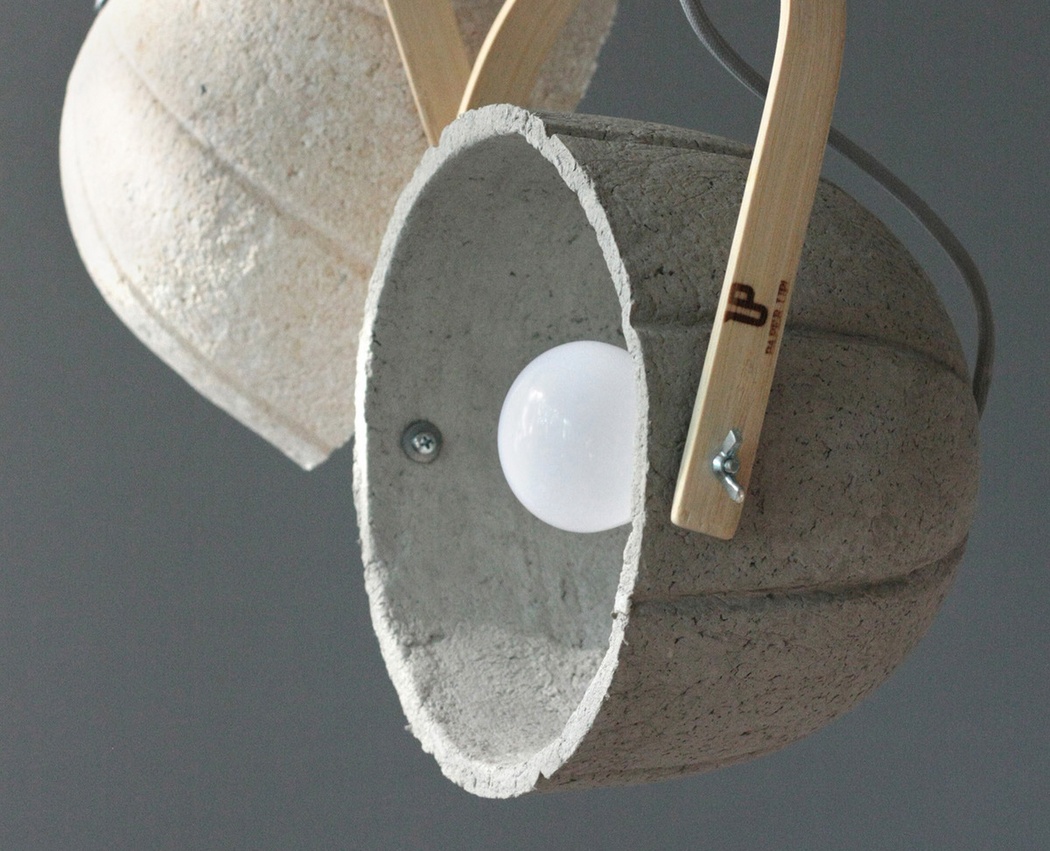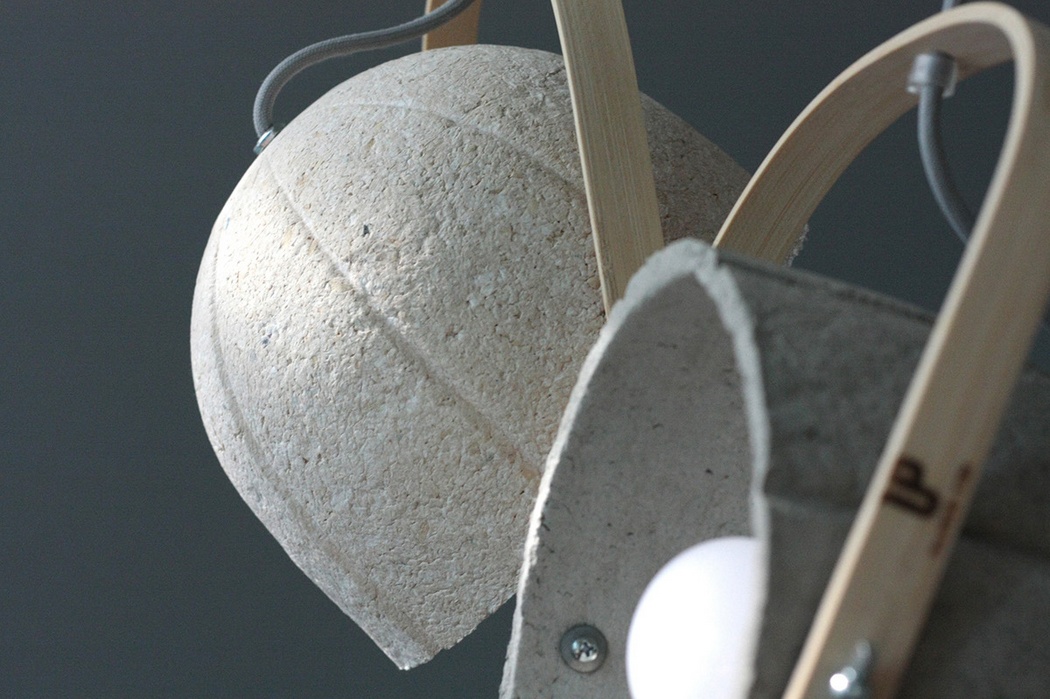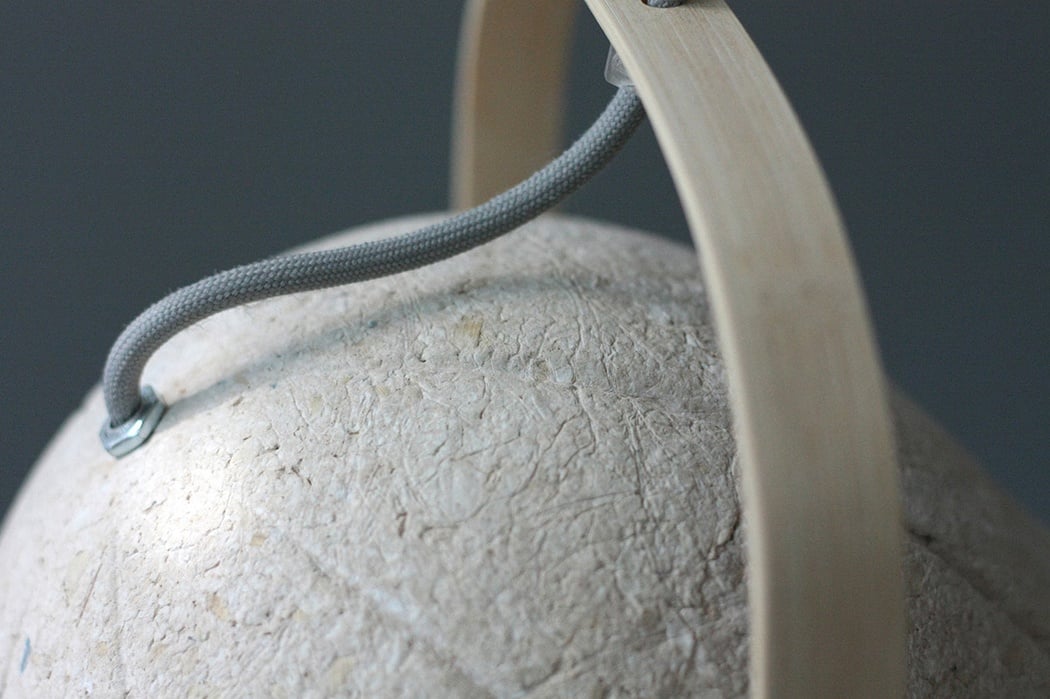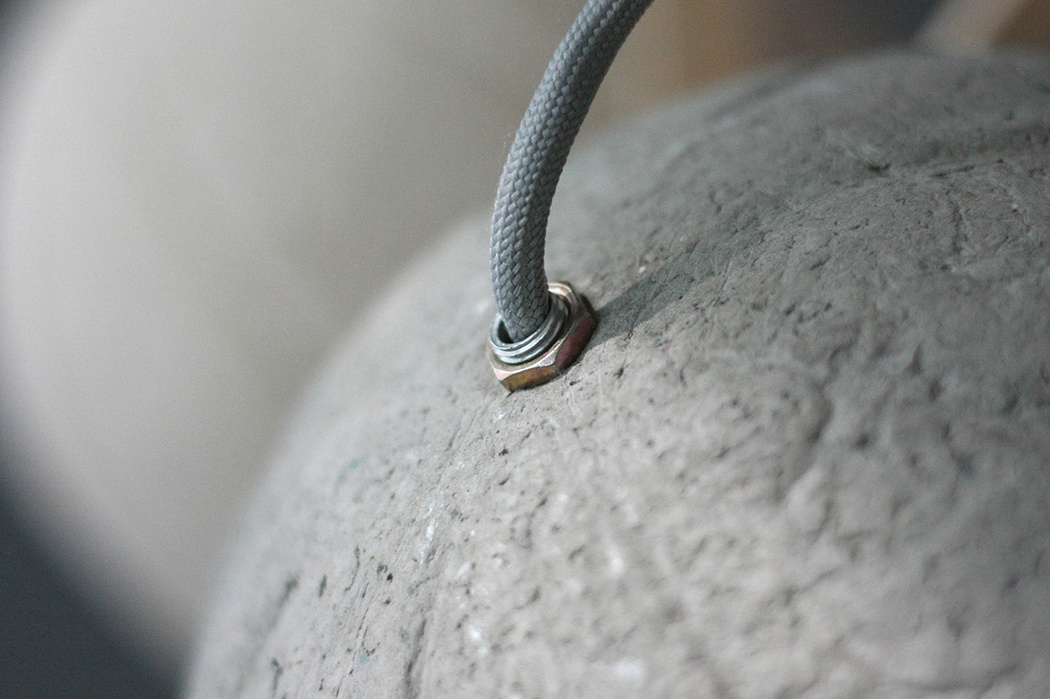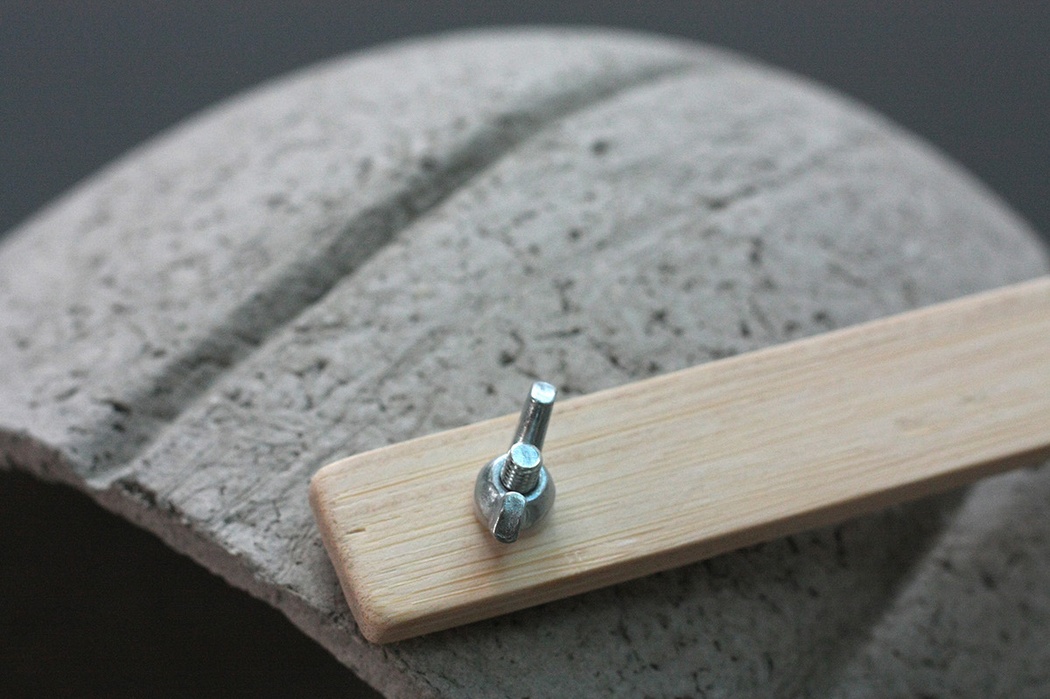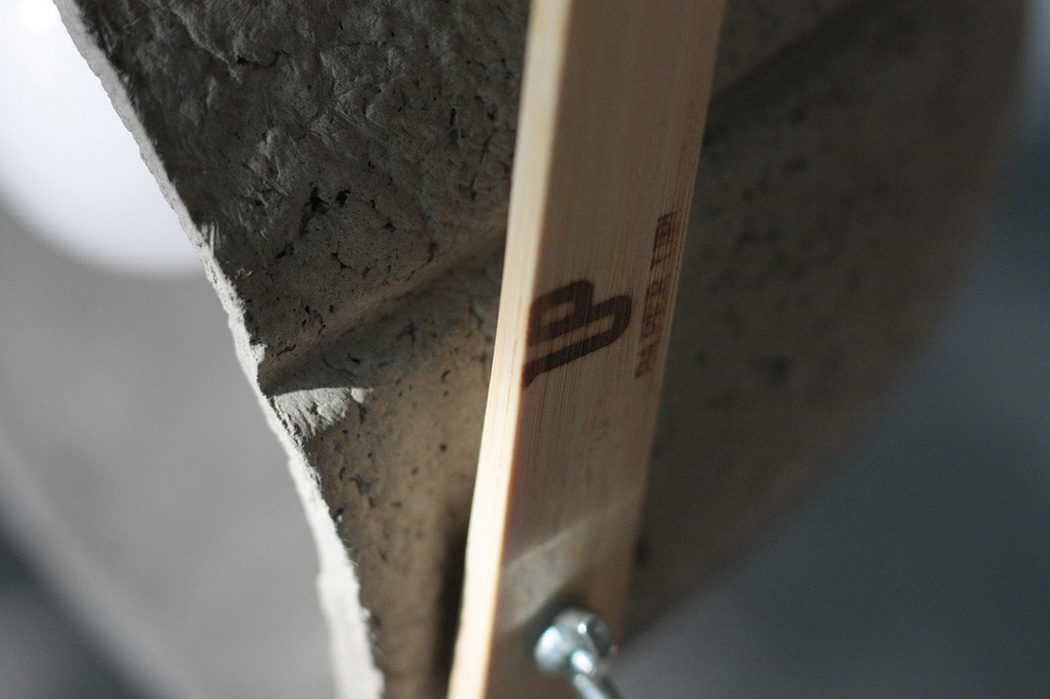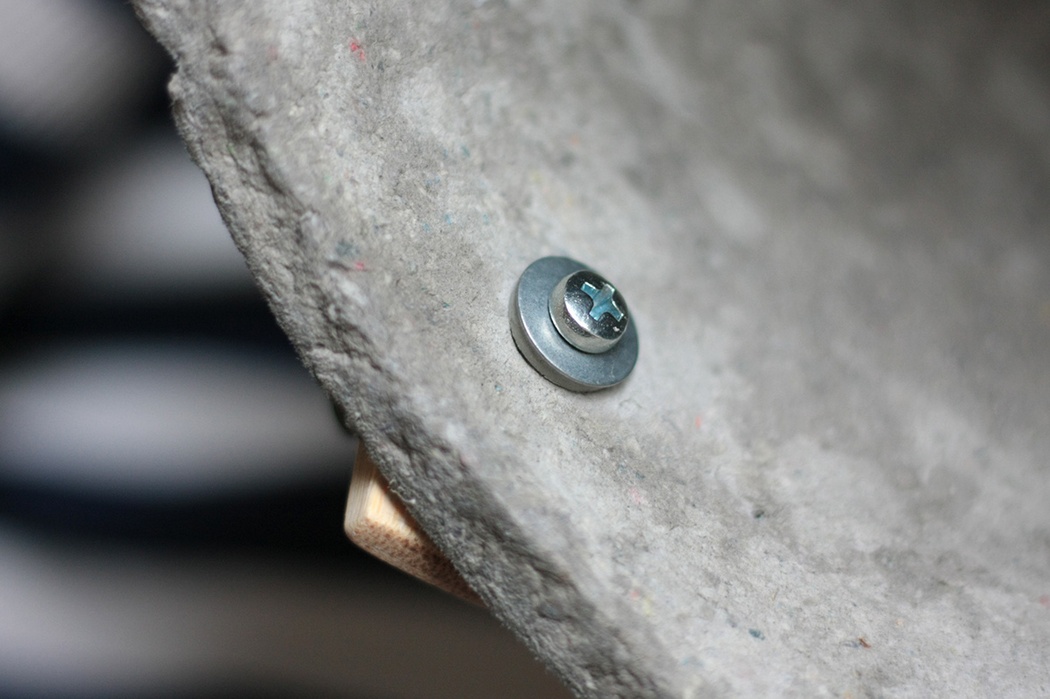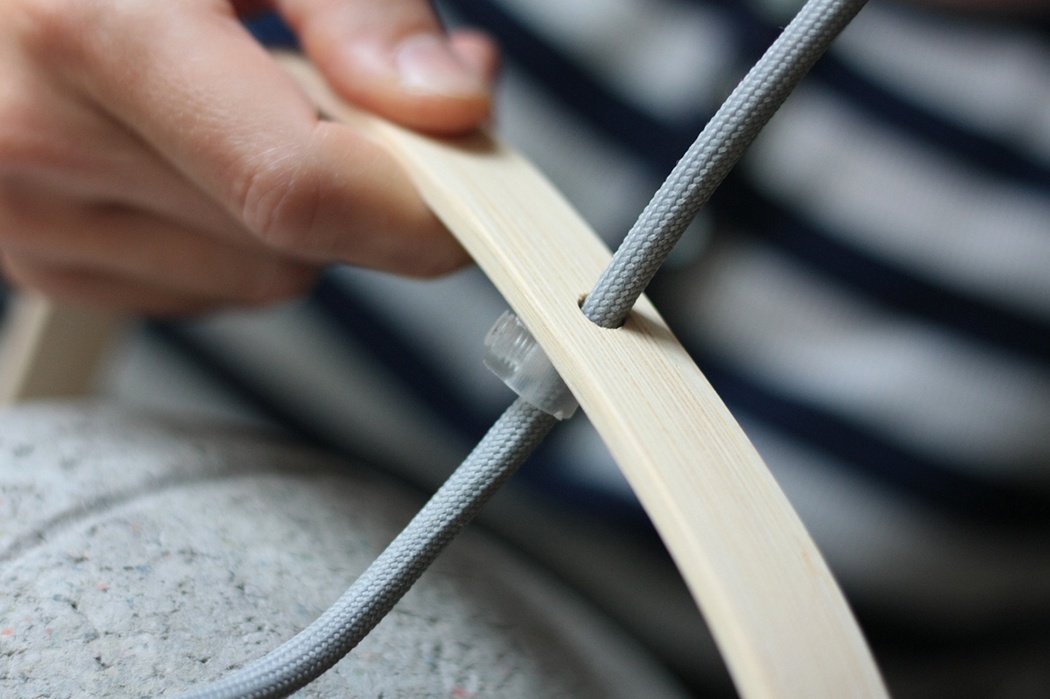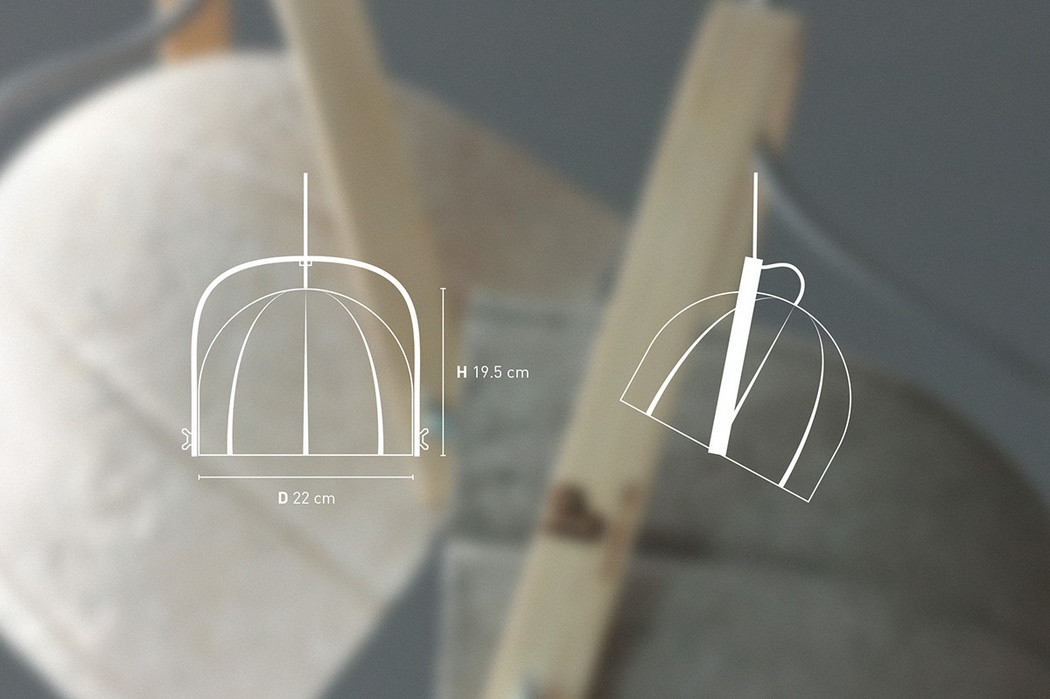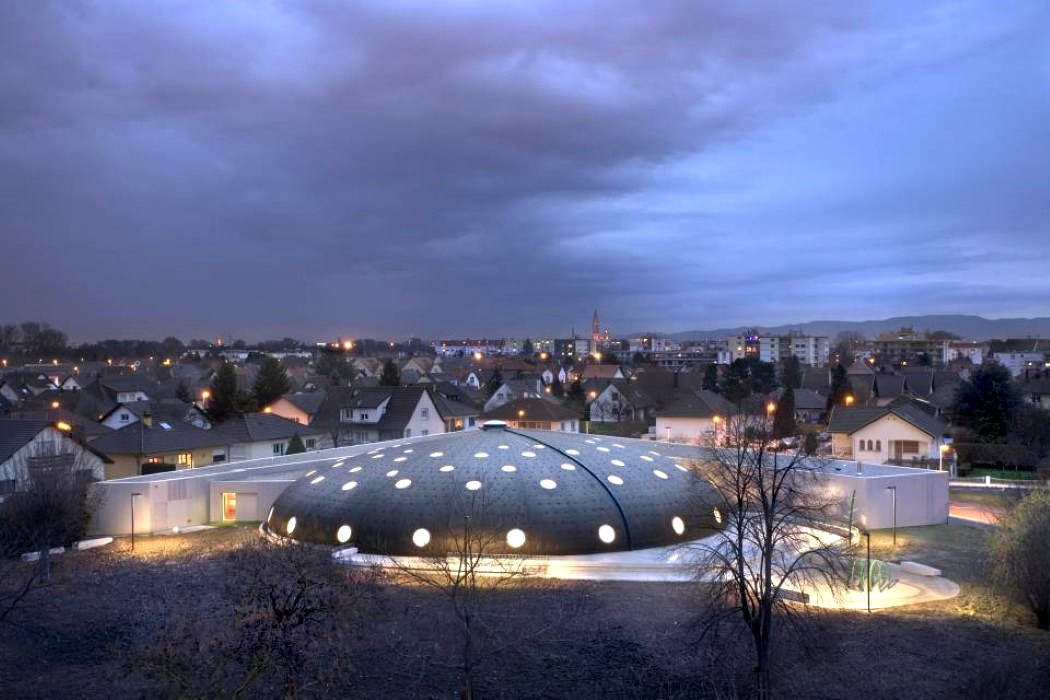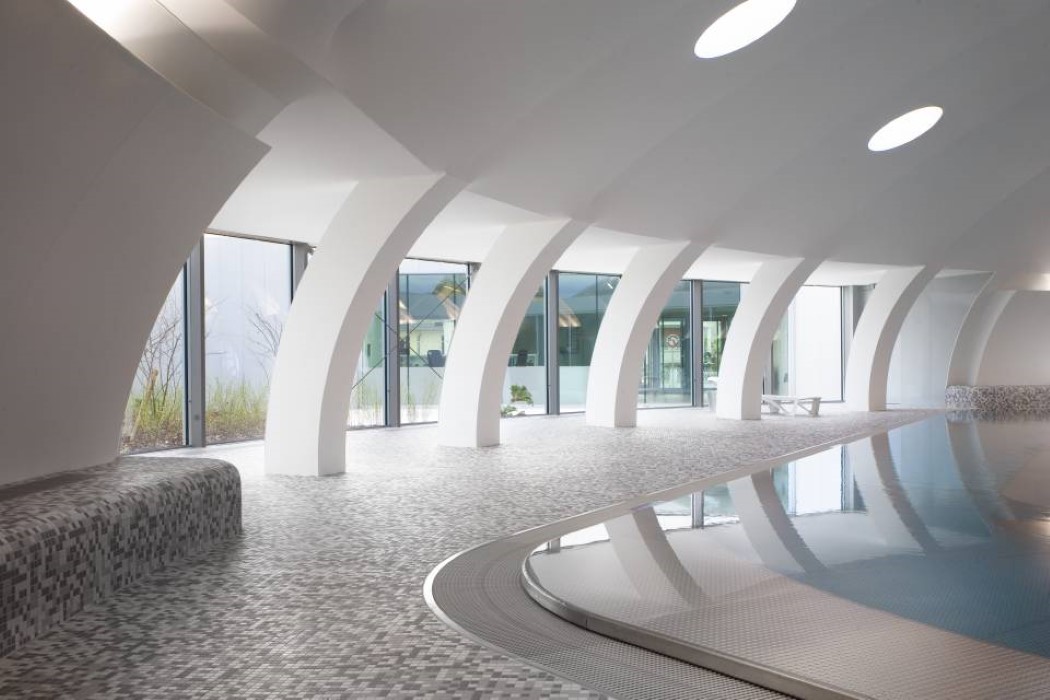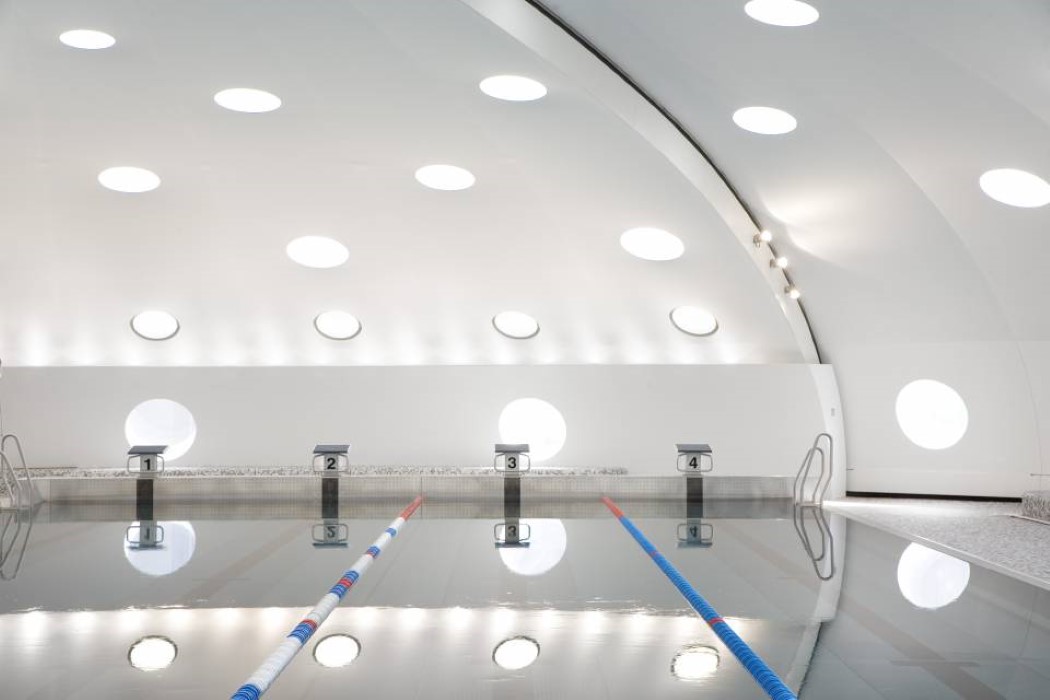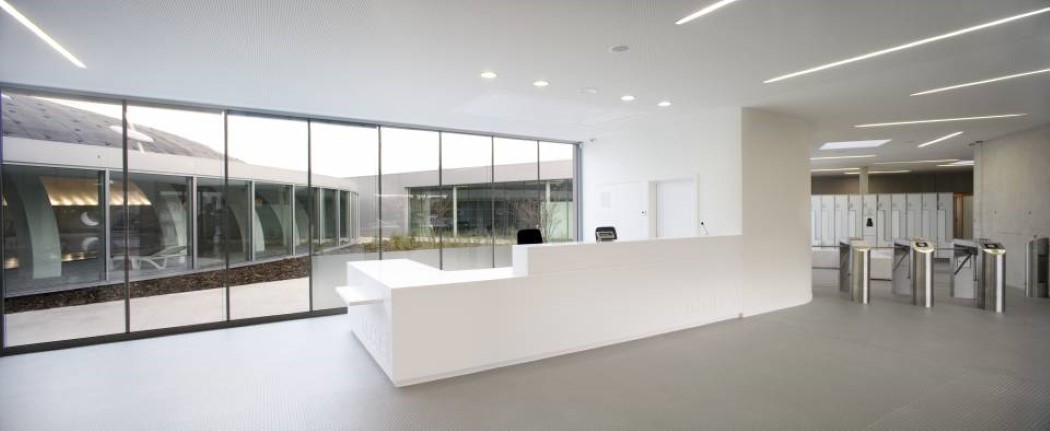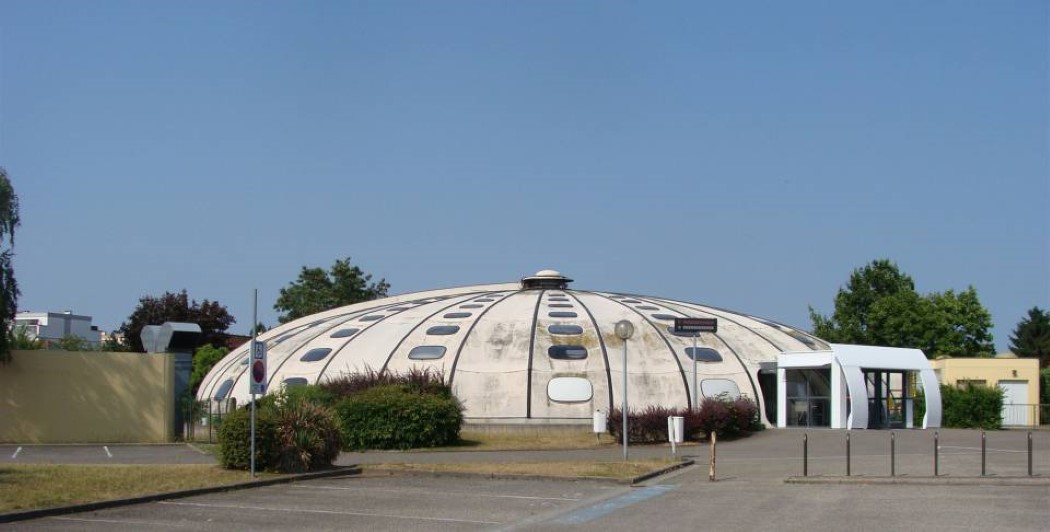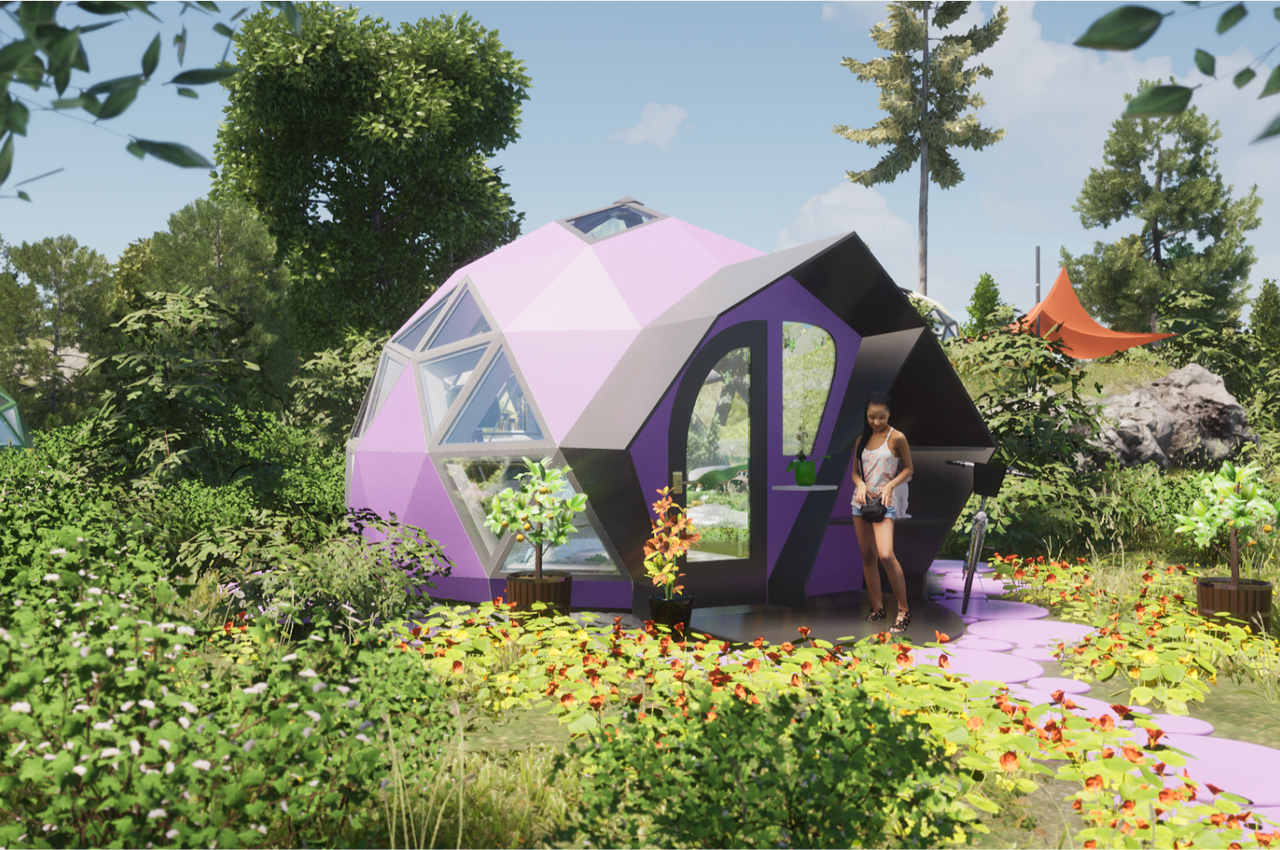
Geoship is a home building cooperative committed to innovative construction methods that use bioceramics to produce geodesic domes.
As environmental needs continue to influence the trajectory of modern architecture and design, the process of building homes continues to evolve. Vertical forest complexes punctuate city skylines with teeming gardens and prefabricated construction systems are turning into the preferred building method for many architects.
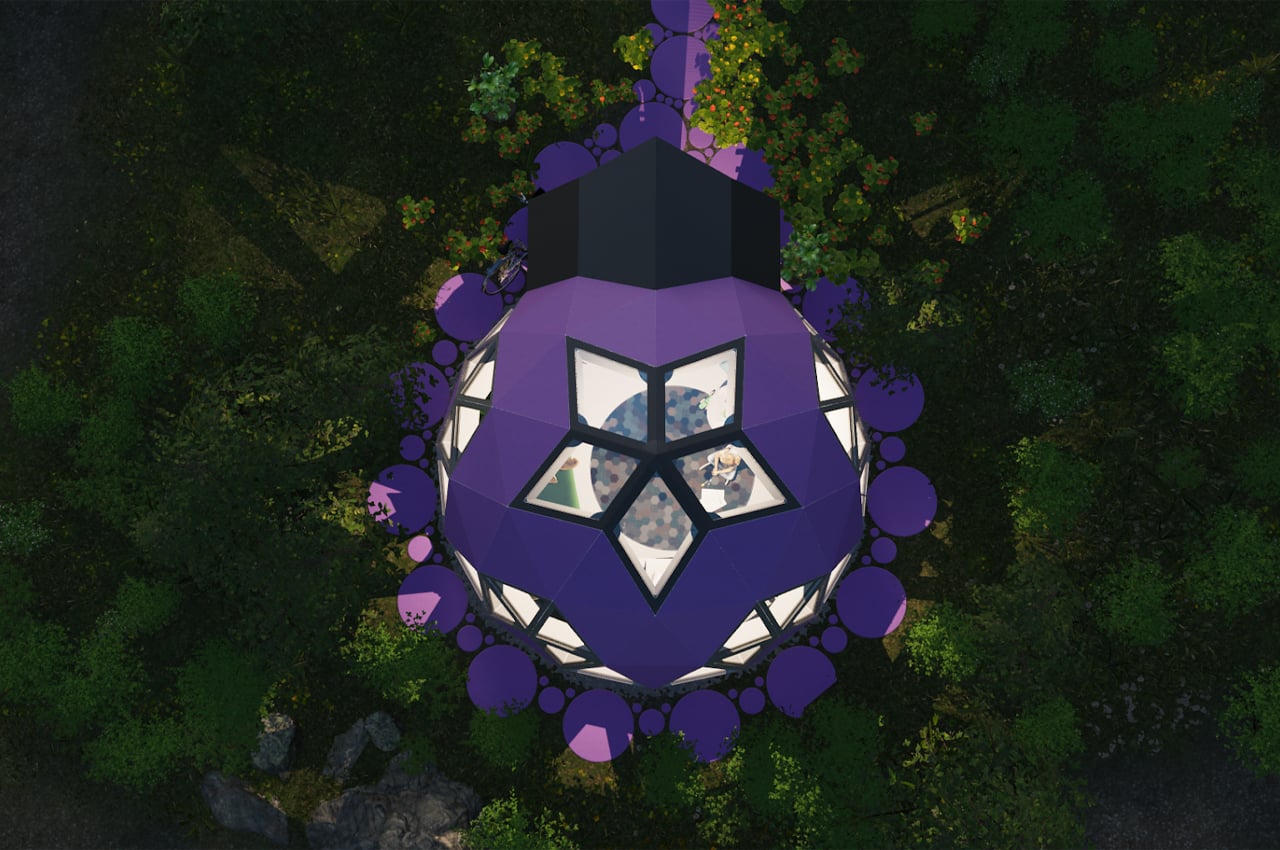
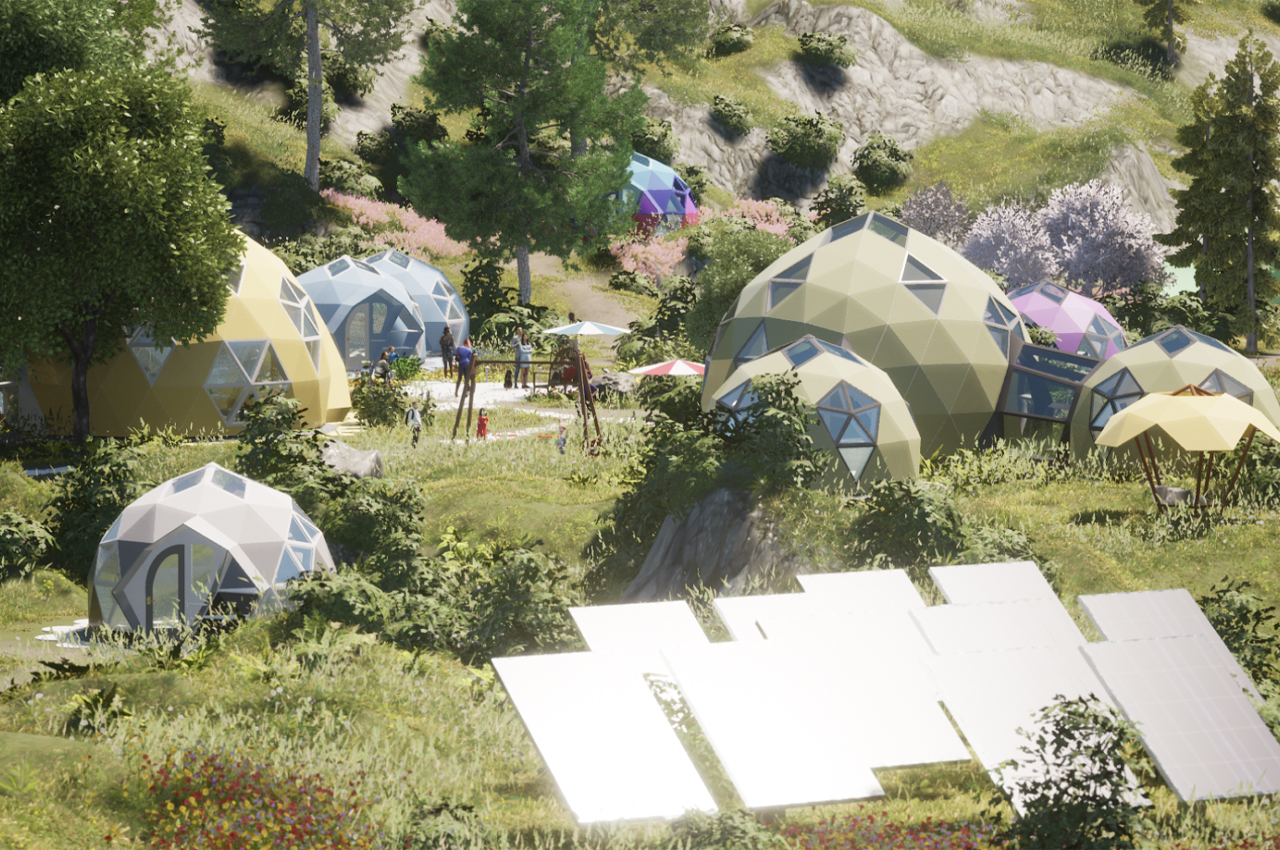
Enter regenerative architecture, a branch of construction that aims to reverse the toll that home building takes on nature, while also producing a net-positive impact on the environment. Geoship, a homebuilding cooperative, uses regenerative building methods for their collection of bioceramic, geodesic domes to carve a new path towards environmentally responsible construction.
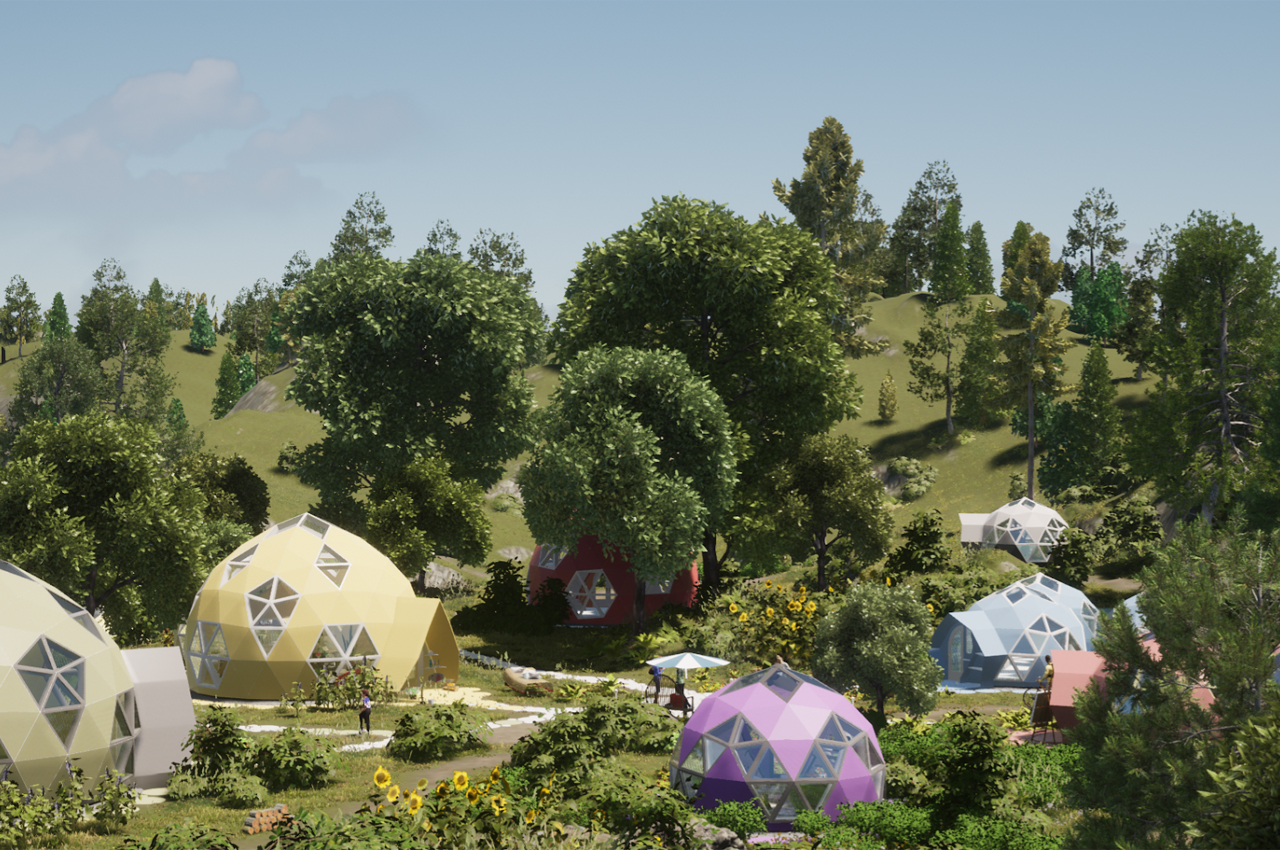
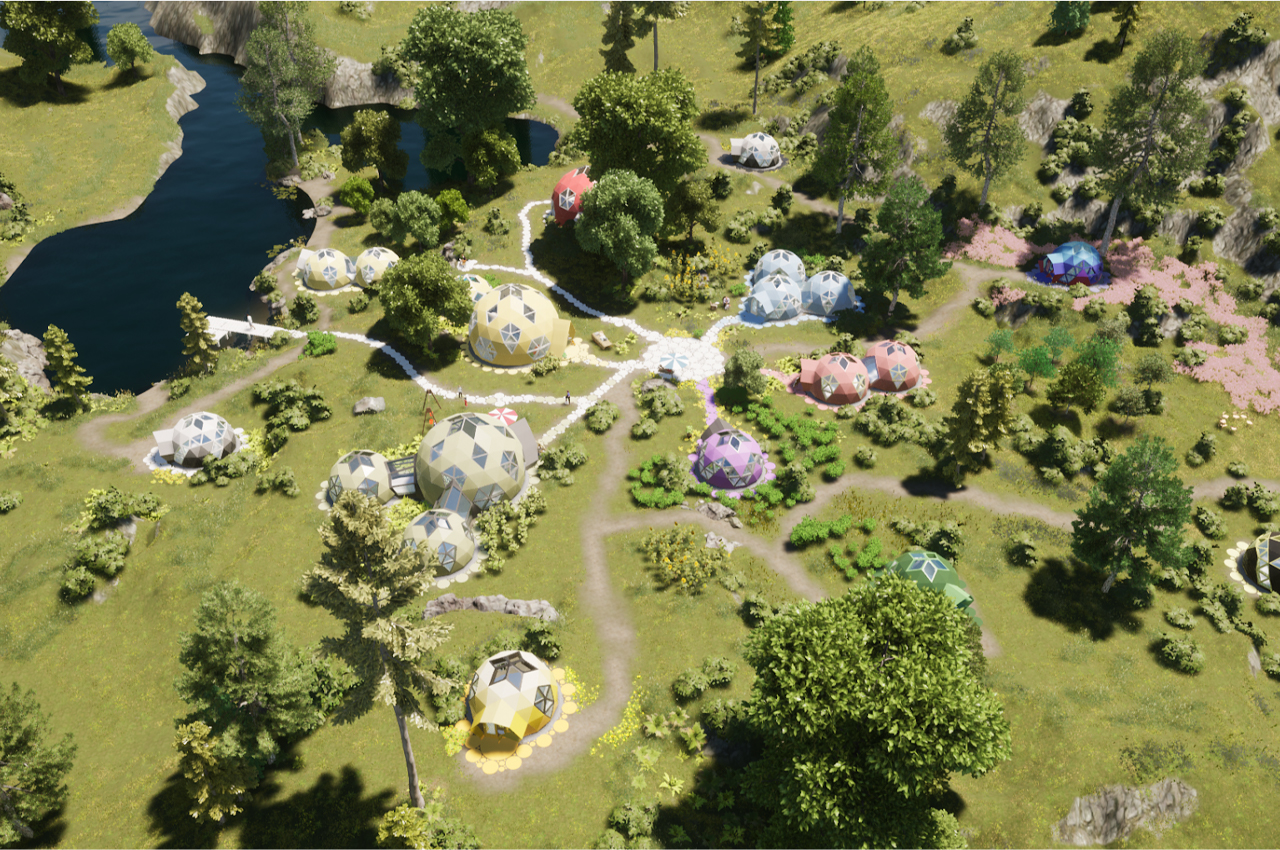
Inspired by “the geometry of life,” Geoship’s construction system is defined by the dome’s geodesic shape, chosen for its proximity to several aspects of life, from molecules to the force of gravity itself. Each geodesic dome is also built from nature’s composite, a bioceramic material that forms using, “the same chemical bonding occurs in bones, seashells, and even the ancient pyramids of Giza.”
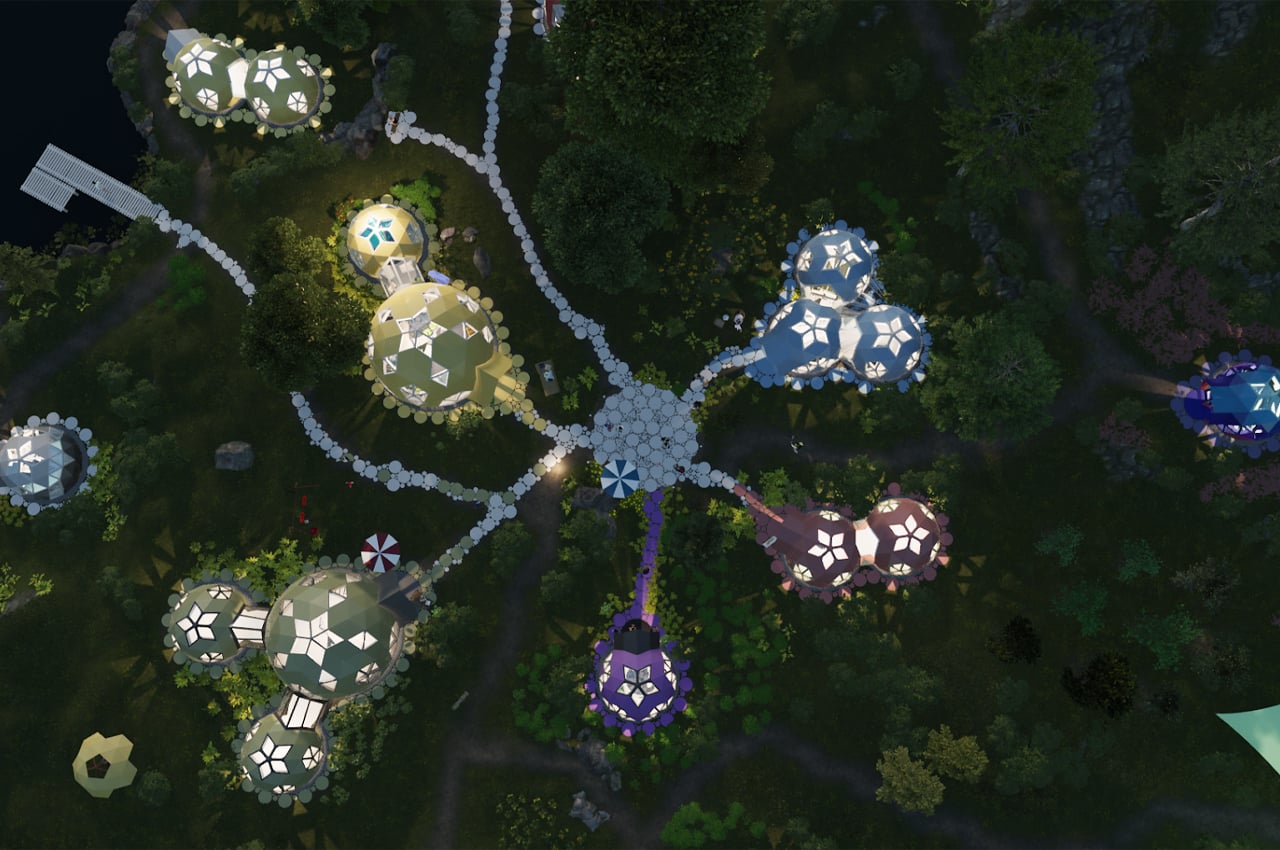

From the outside of the domes to their insulated interior spaces, Geoship applied a seamless construction process for each material to naturally blend into each other. The building process behind the geodesic domes is affordable and highly efficient to further Geoship’s green initiative.
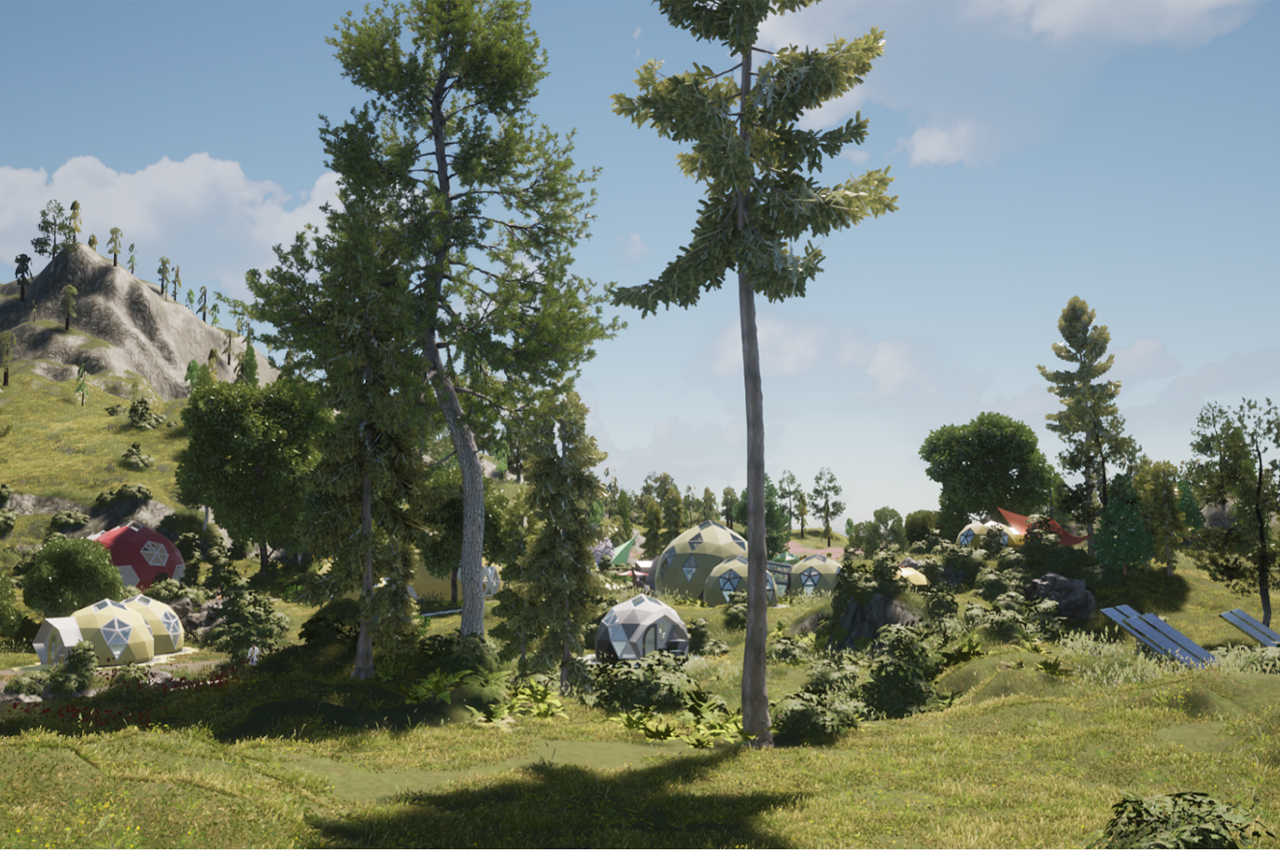
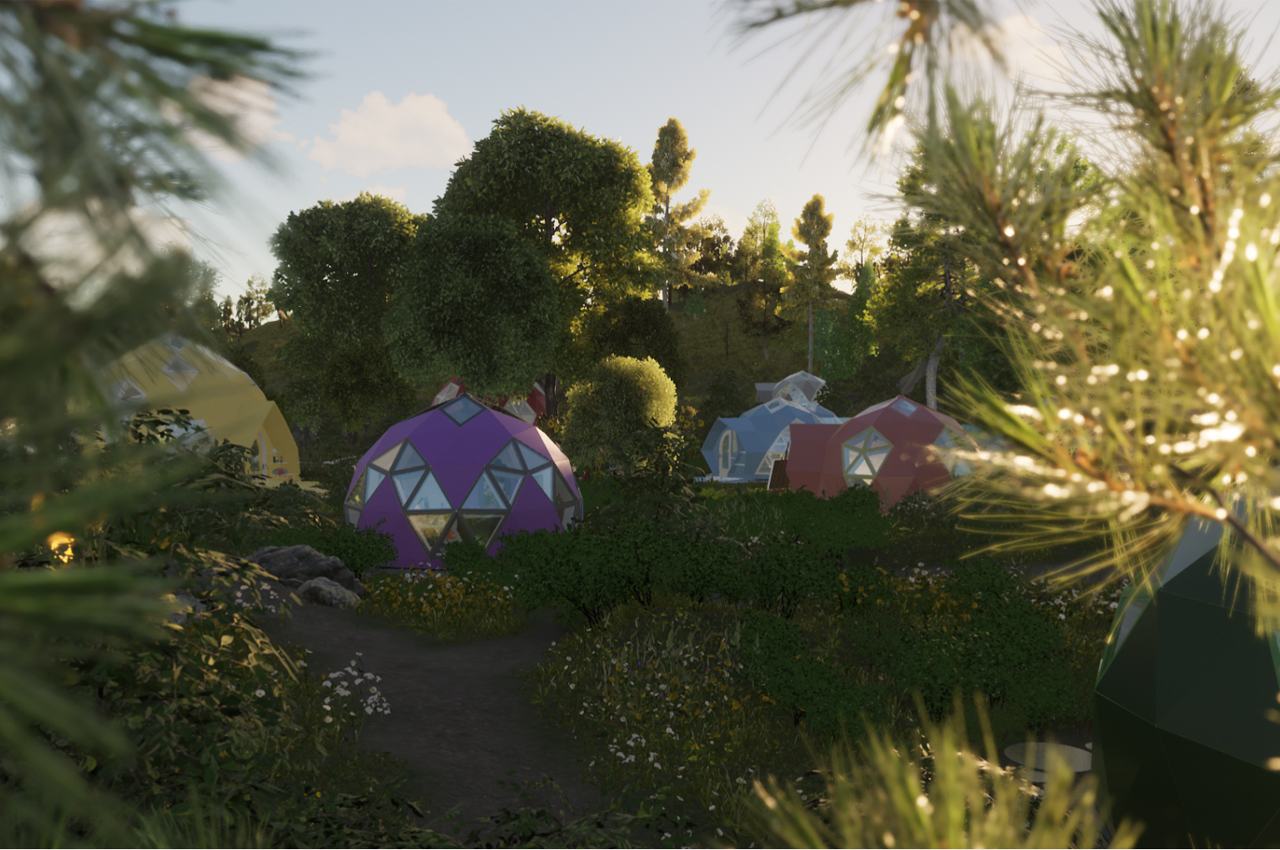
Supported by a system of struts that outline the dome’s geodesic shape, exterior panels and insulated window frames clad the dome’s frame with weather-resistant and mold-proof facades. Each module that comprises the dome’s structure is connected by a hexagonal hub to ensure secure fastening.
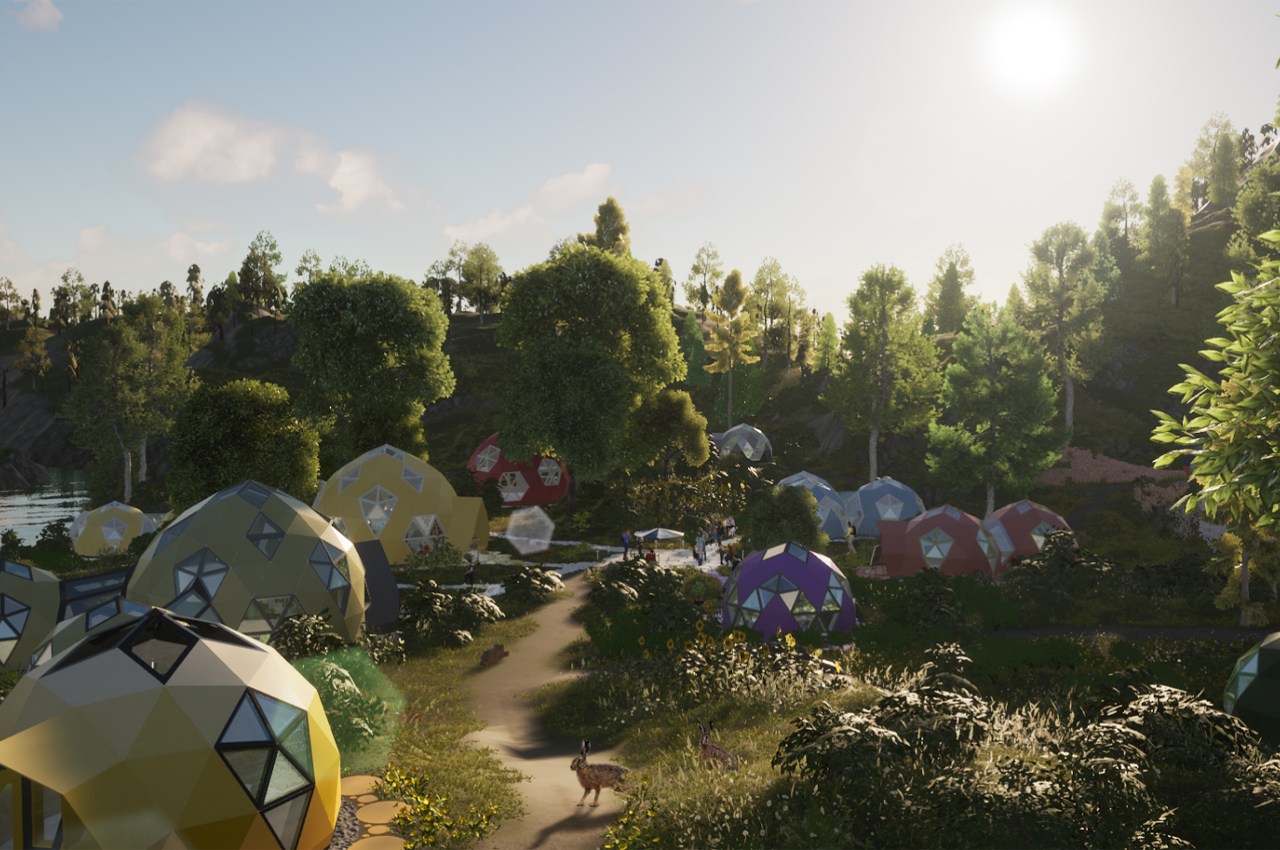
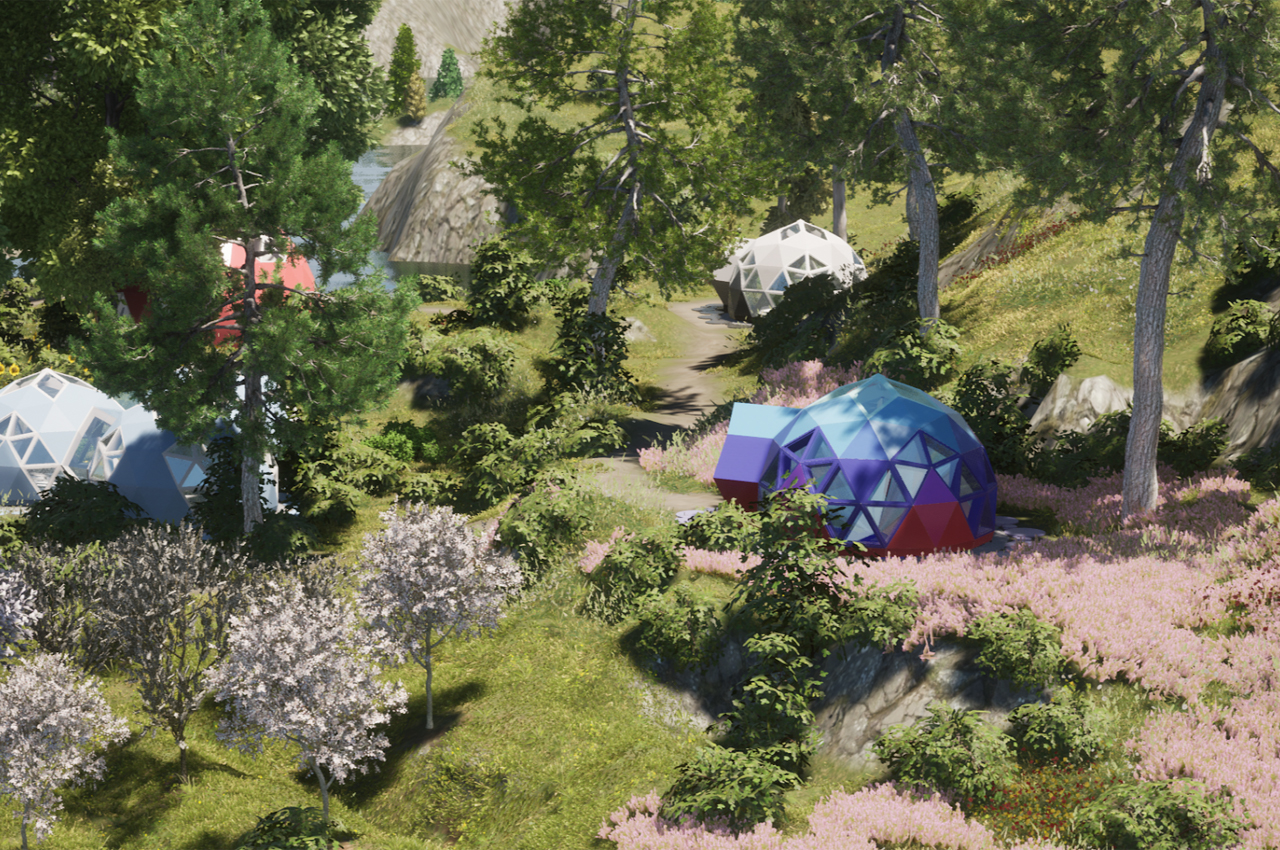
Each module of the geodesic dome is comprised of ceramic crystals that are molded into a triangular shape. Then, the modules are pieced together to form the dome’s geodesic shape.
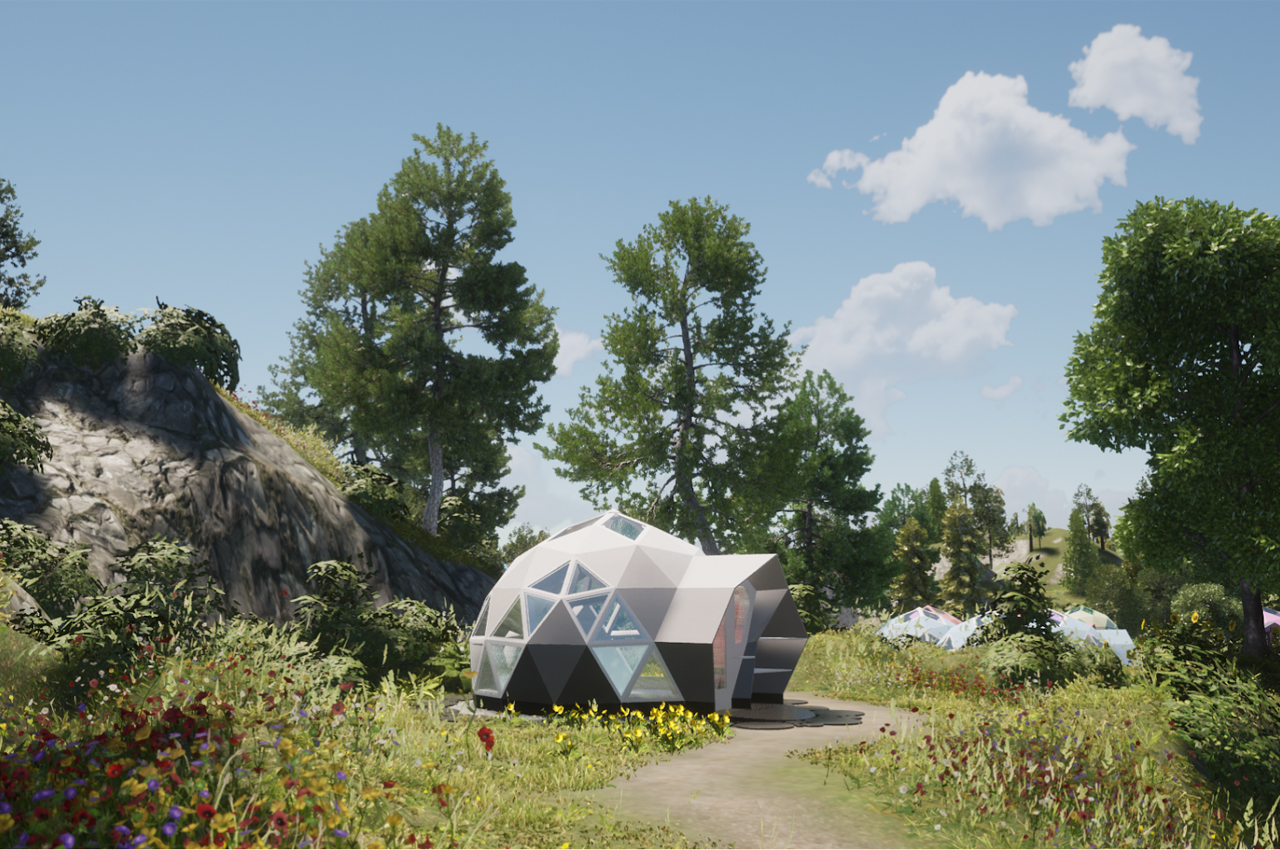
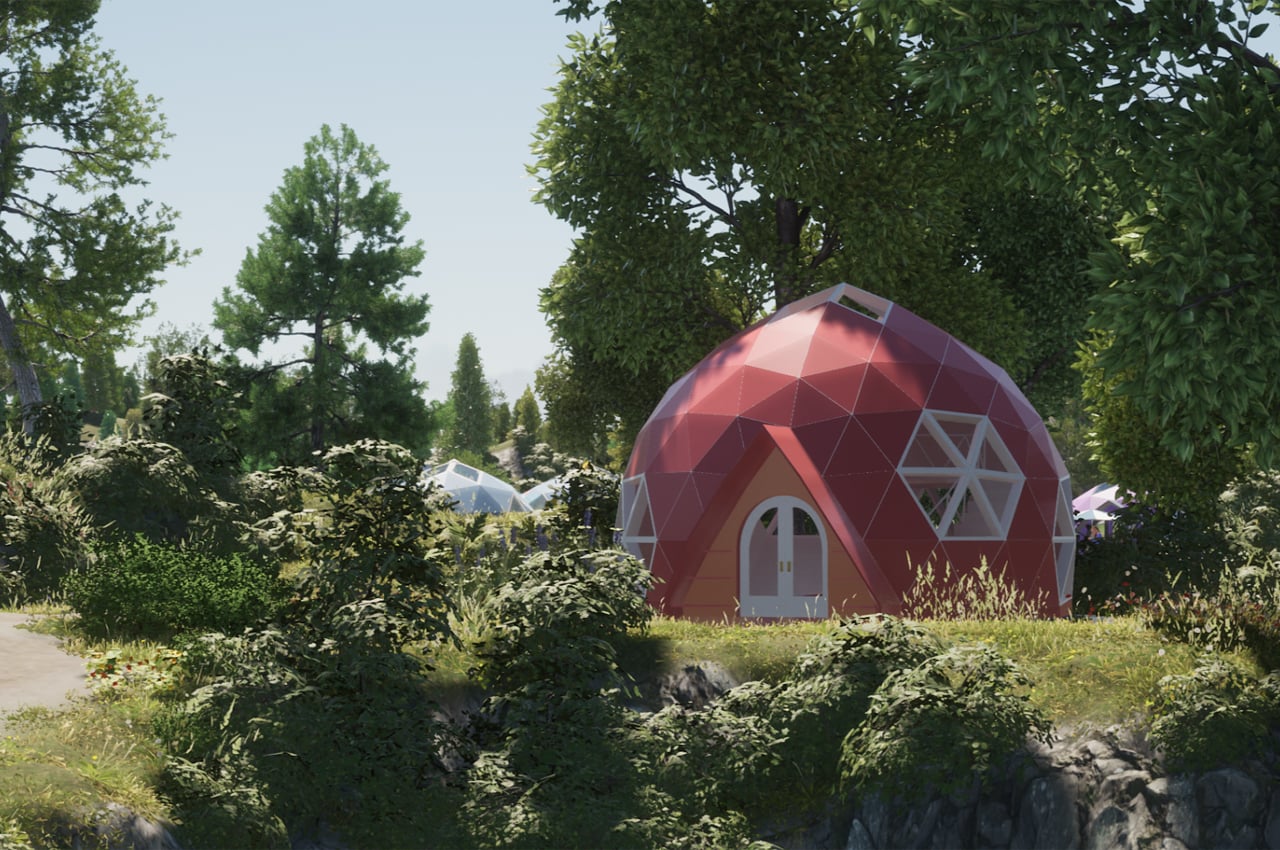
During the construction process, the carbon required to construct geodesic domes and the modules is far less when compared to traditional home building methods that use sandstone or even passive solar energy.
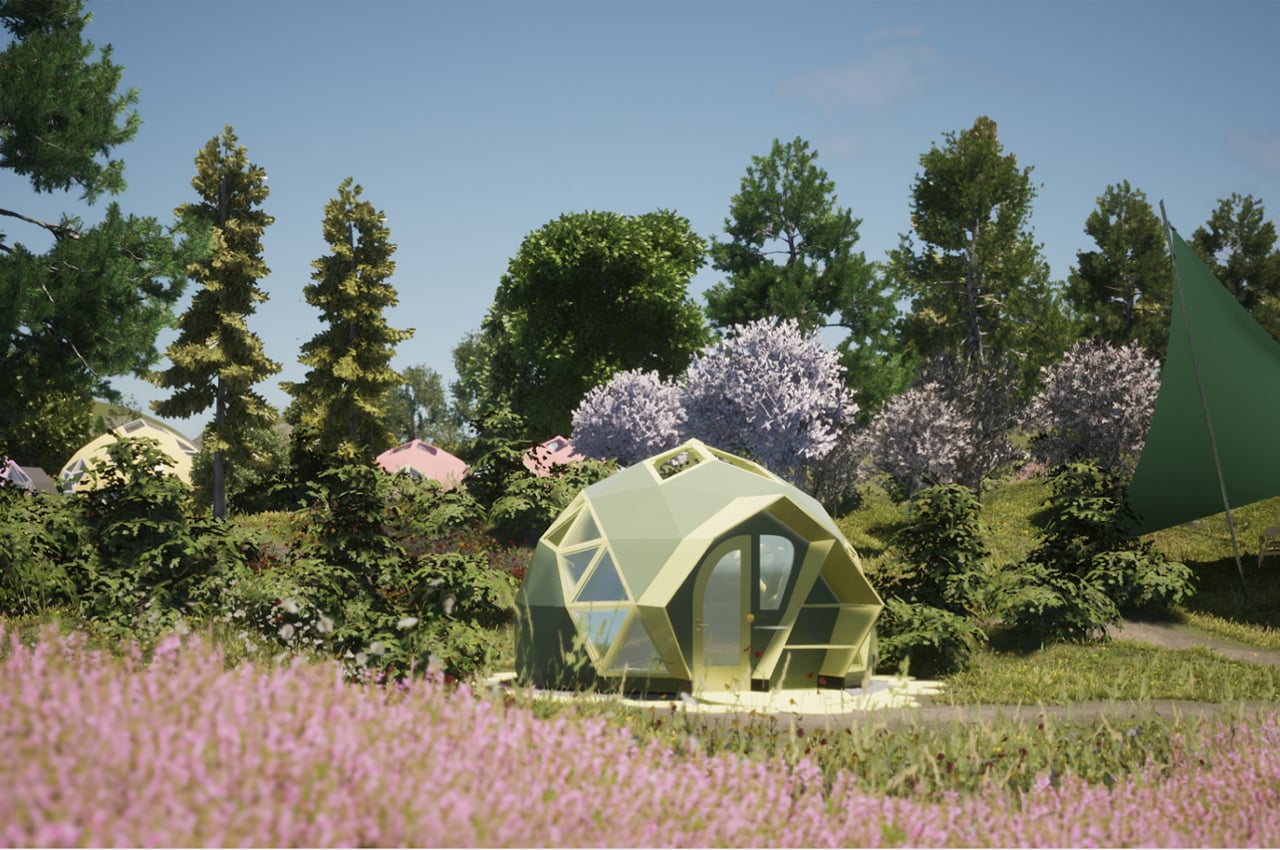
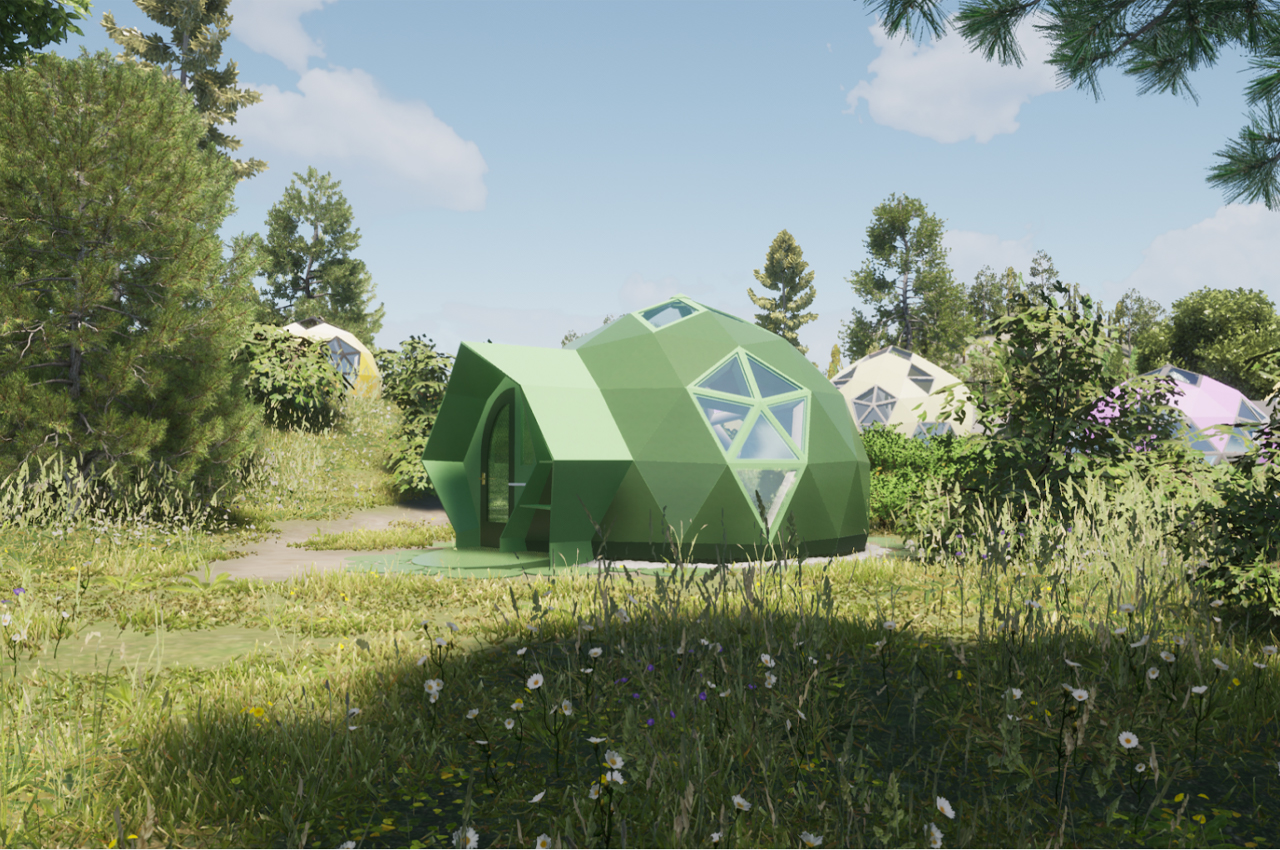
Amounting to a fire and flood-proof, hurricane and earthquake-resistant home dwelling, the regenerative construction process behind Geoship is also sustainable. Generating zero waste, less CO2 emissions, and a recyclable structure, Geoship’s domes have a 500-year life and can be installed within a very short time frame.
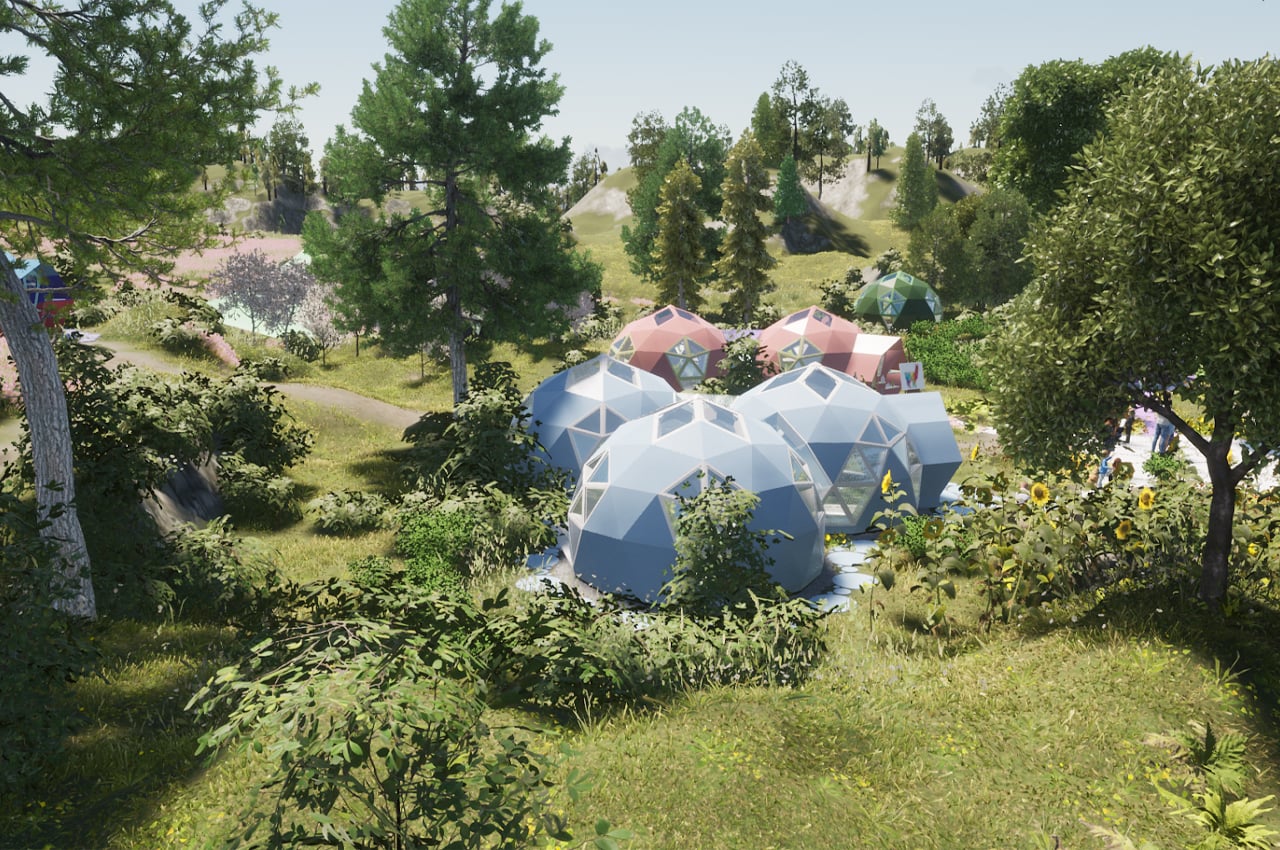
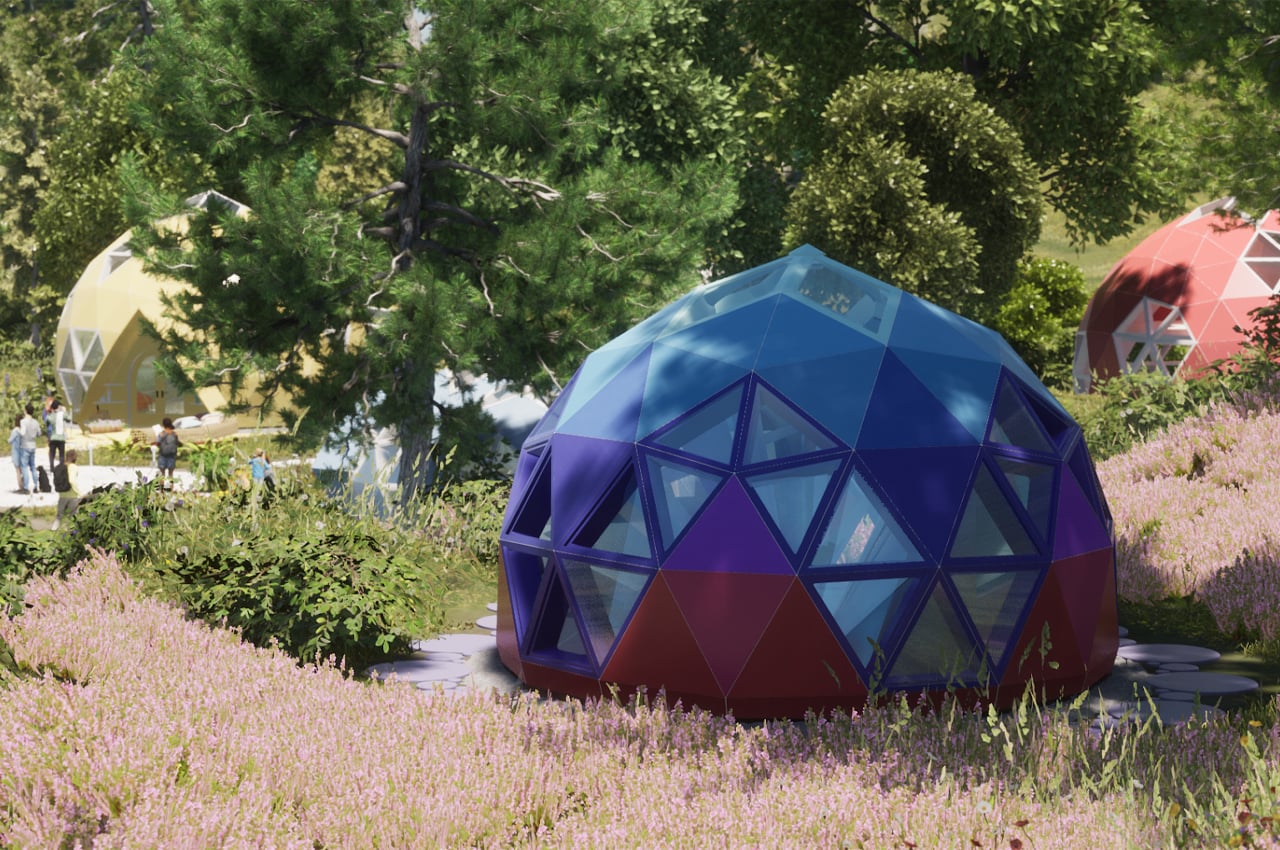
Designed to produce home structures that will remain in place for centuries, Geoship’s regenerative building process is backed by materials science with aim of creating micro-factory and village design platforms to prove the innovative building method’s feasibility.
Designer: Geoship
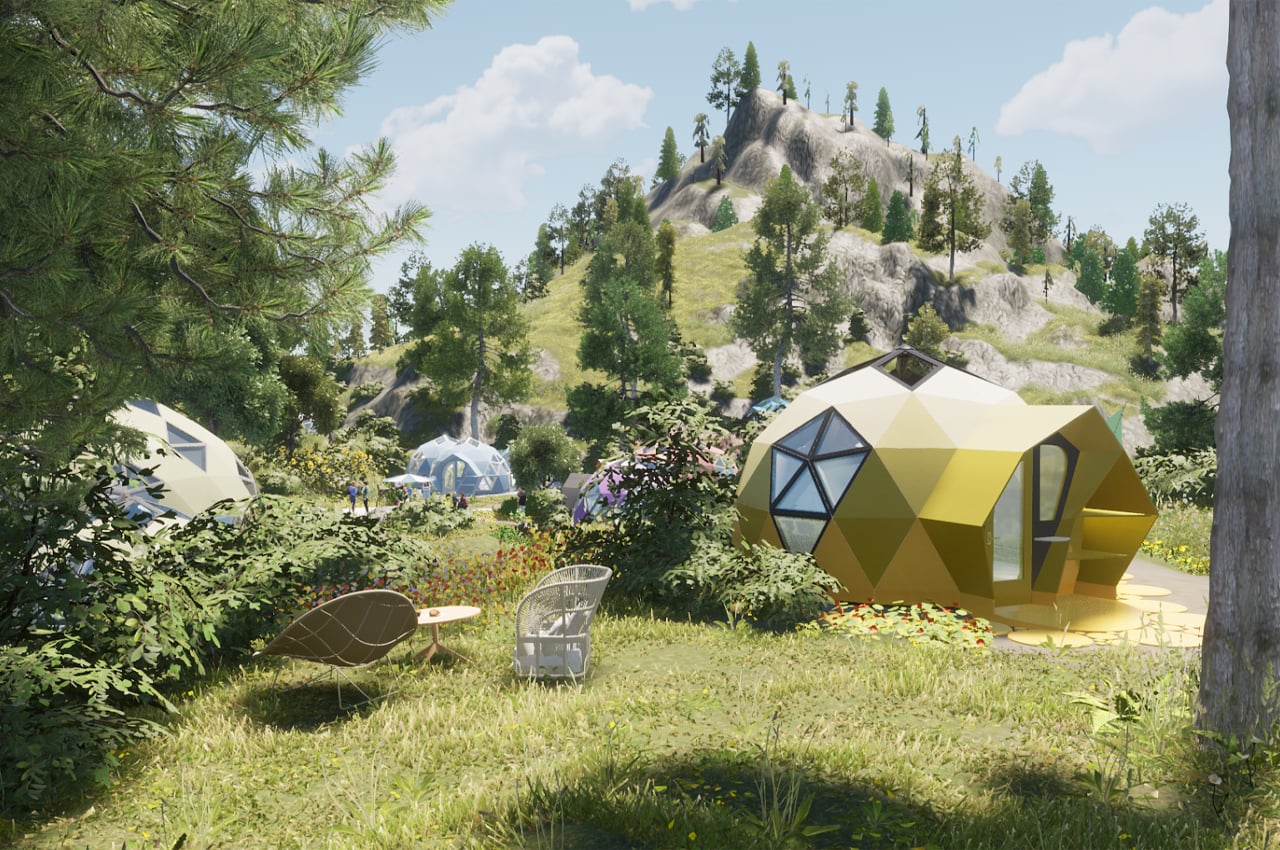
Geoship’s collection of geodesic homes are constructed using bioceramic building material.
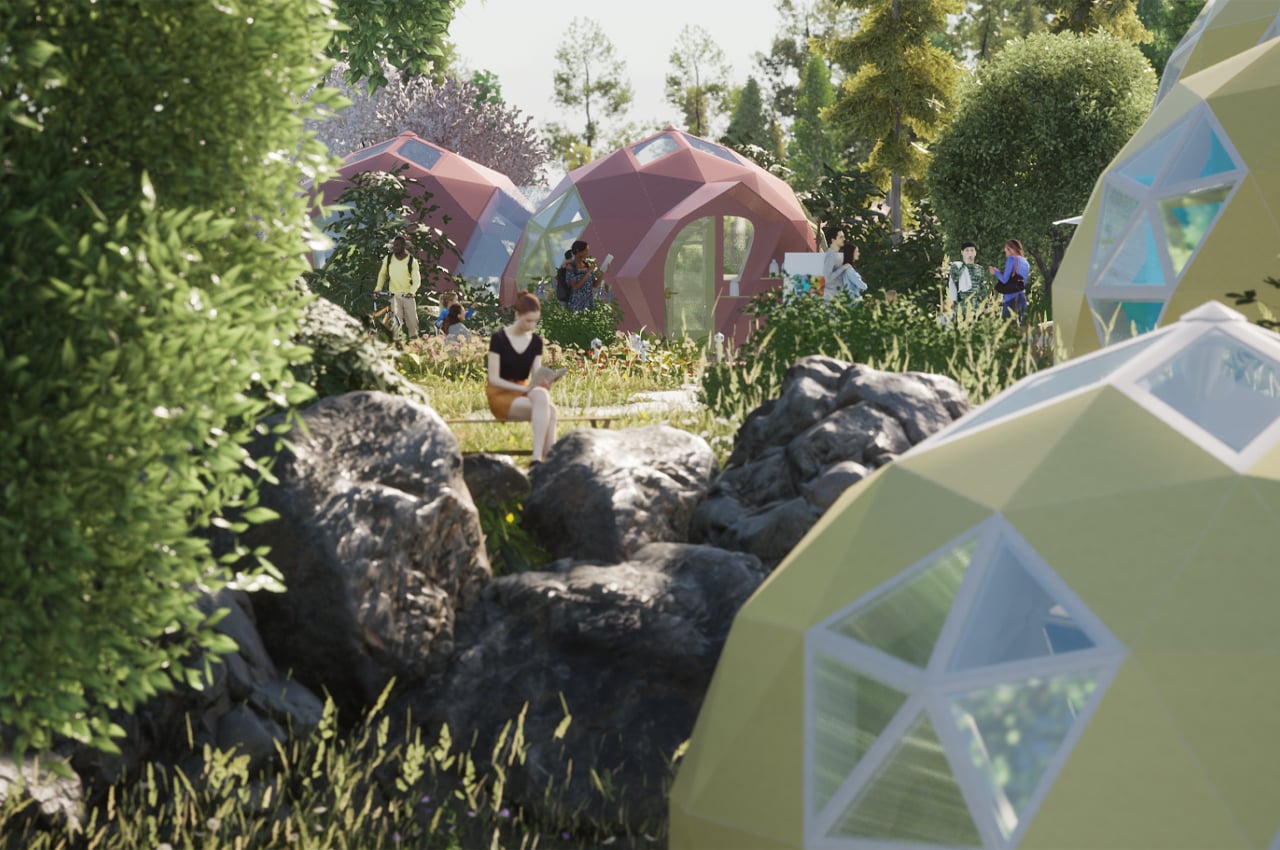
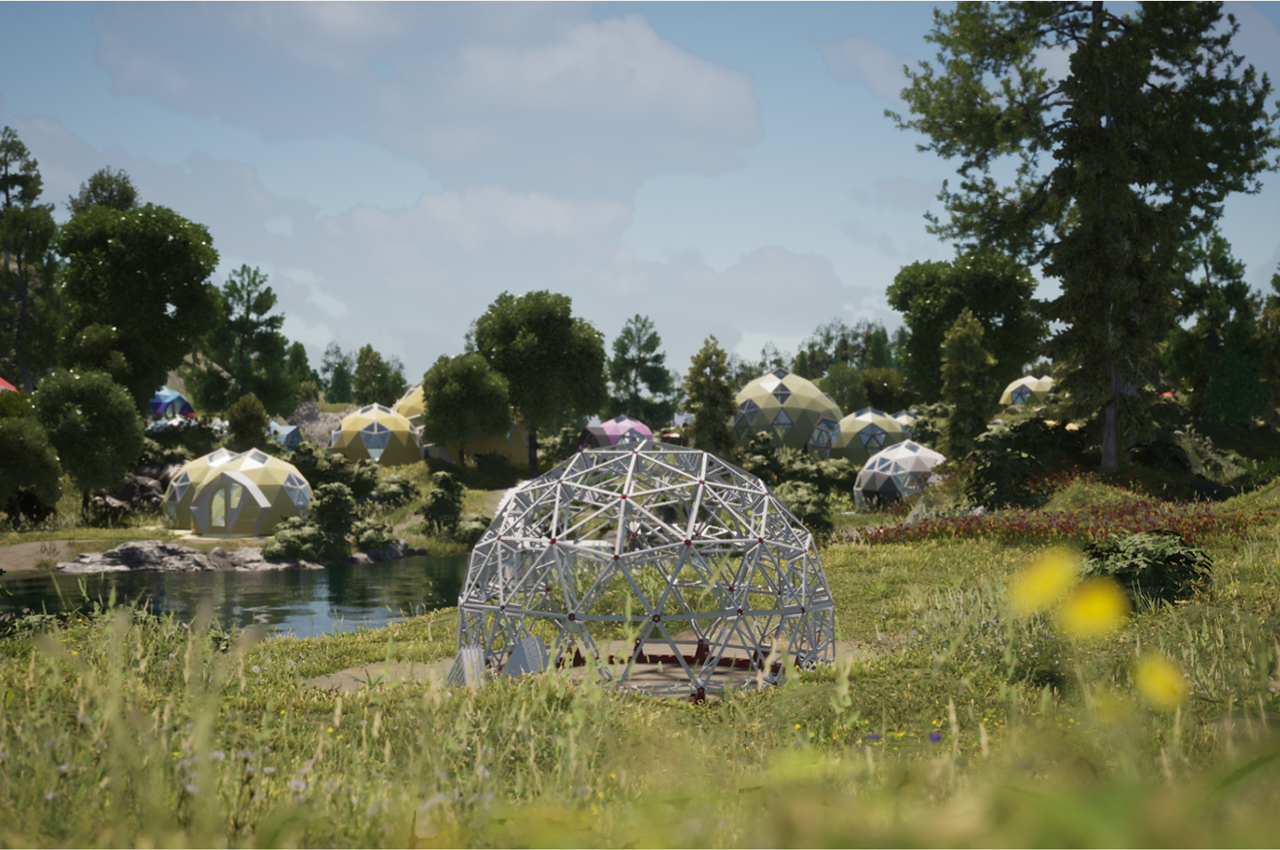


A system of internal struts support the exterior facades of each geodesic dome.
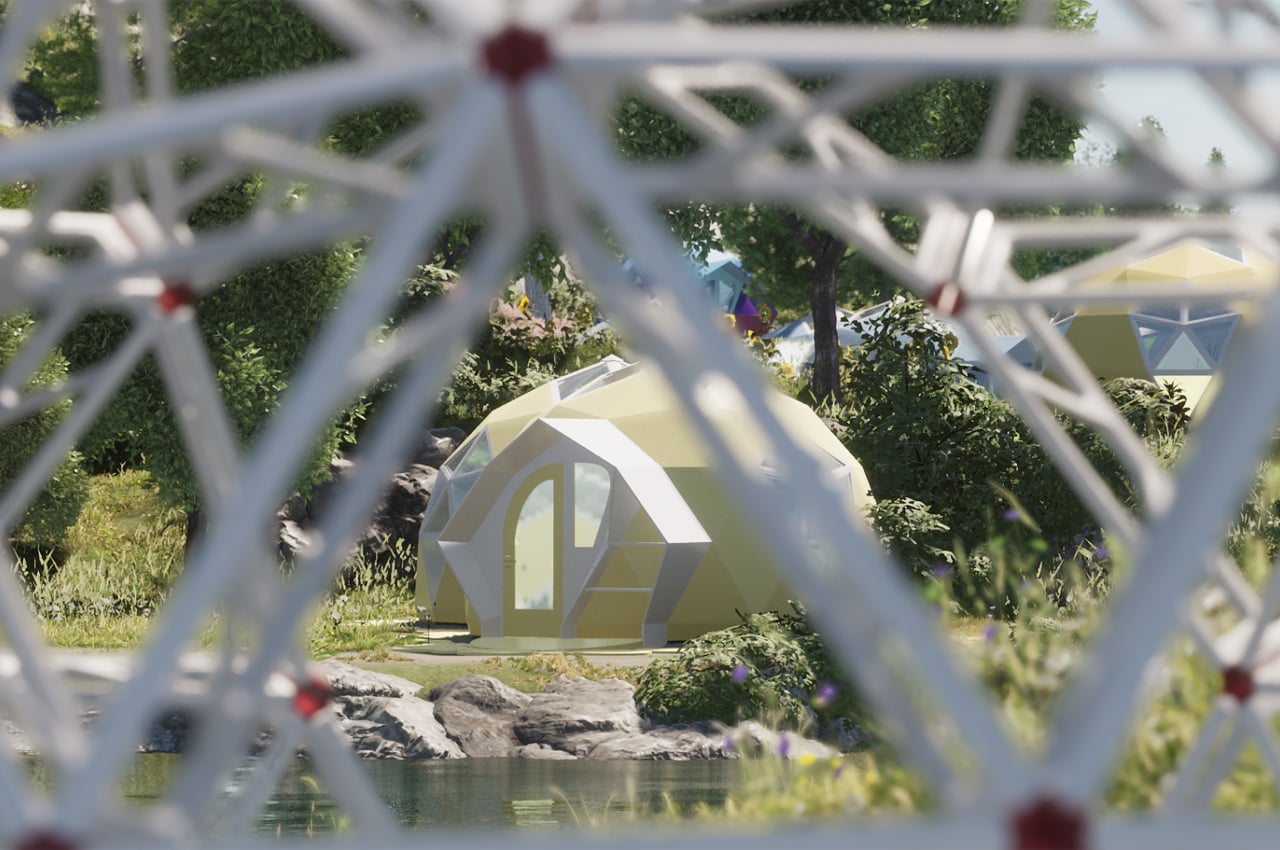
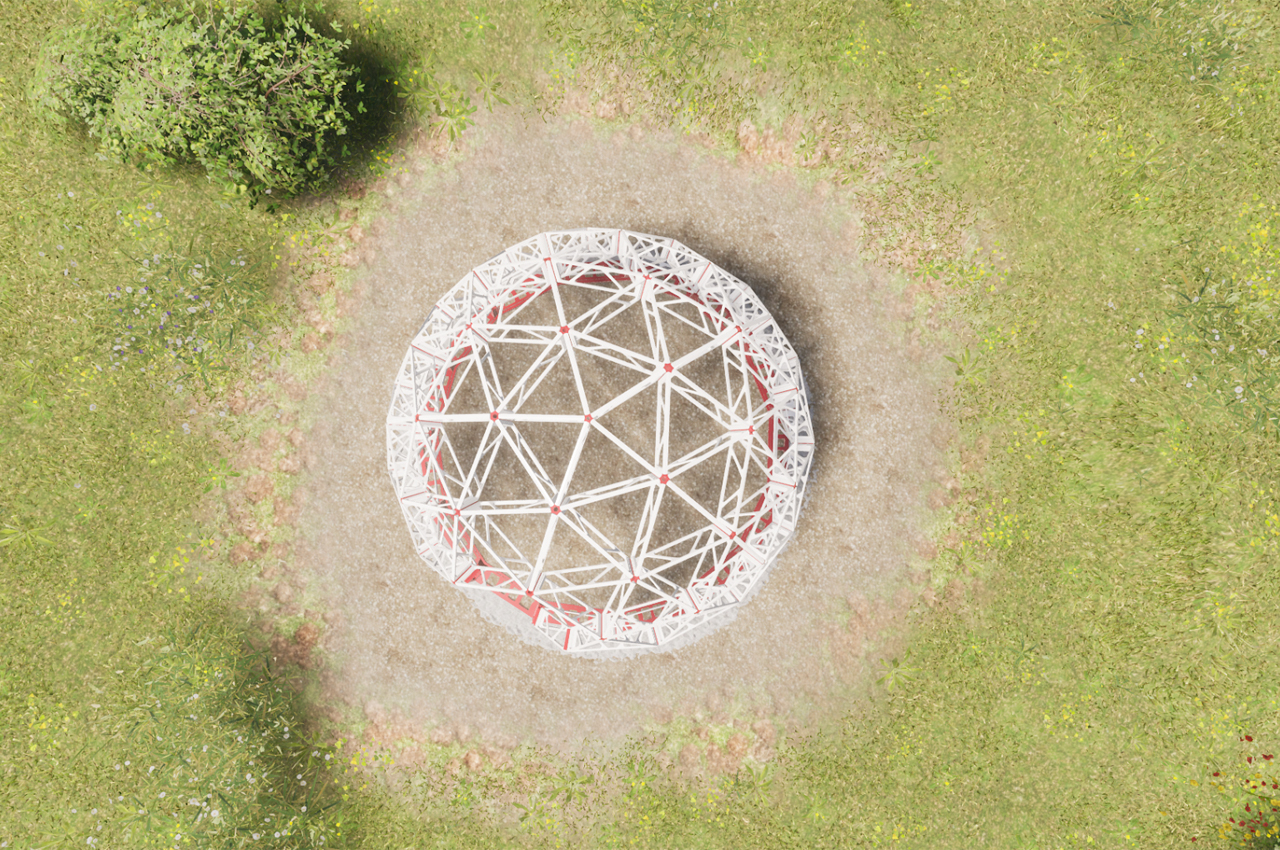
Geoship also conceptualized their geodesic domes in different colors to appeal to different uses.
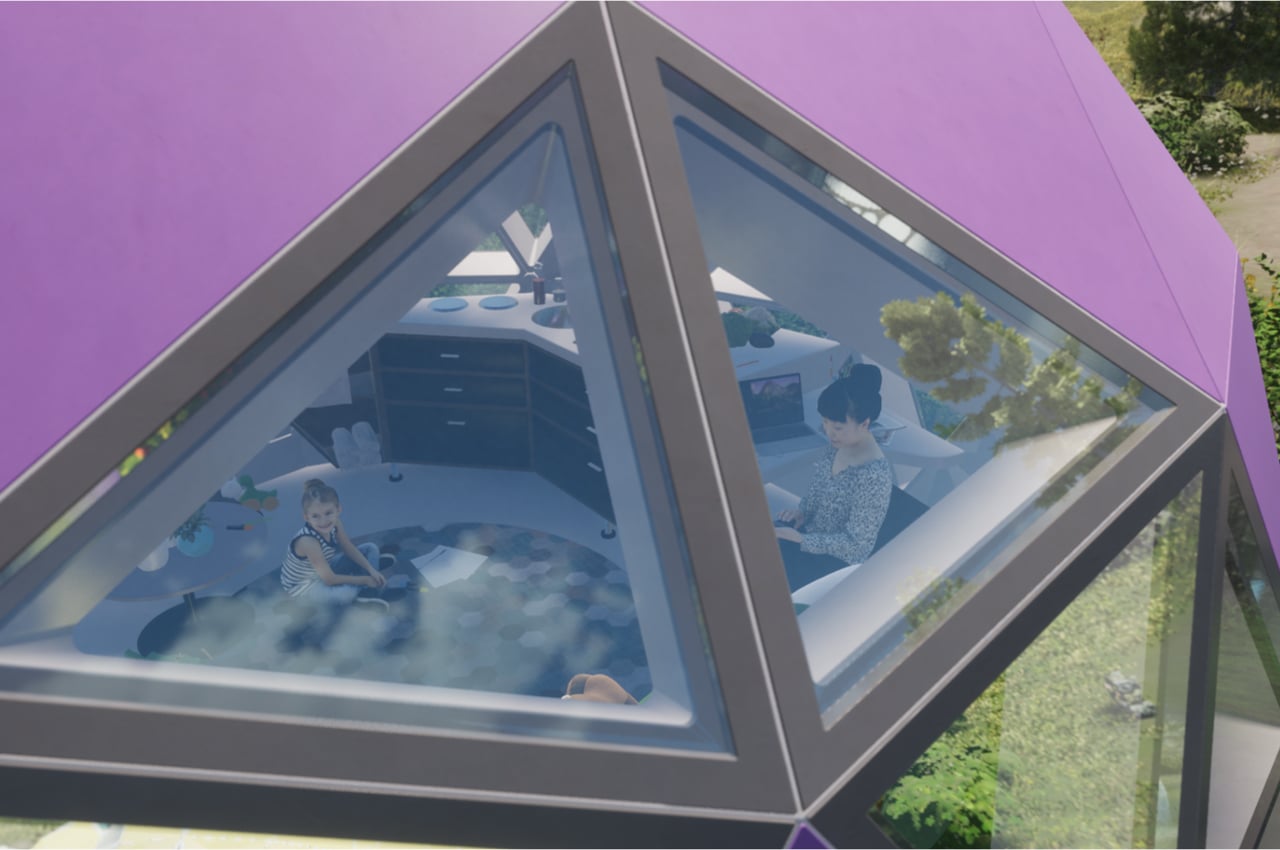
The geodesic domes form Geoship come in an array of different sizes, from small studios to larger family homes.
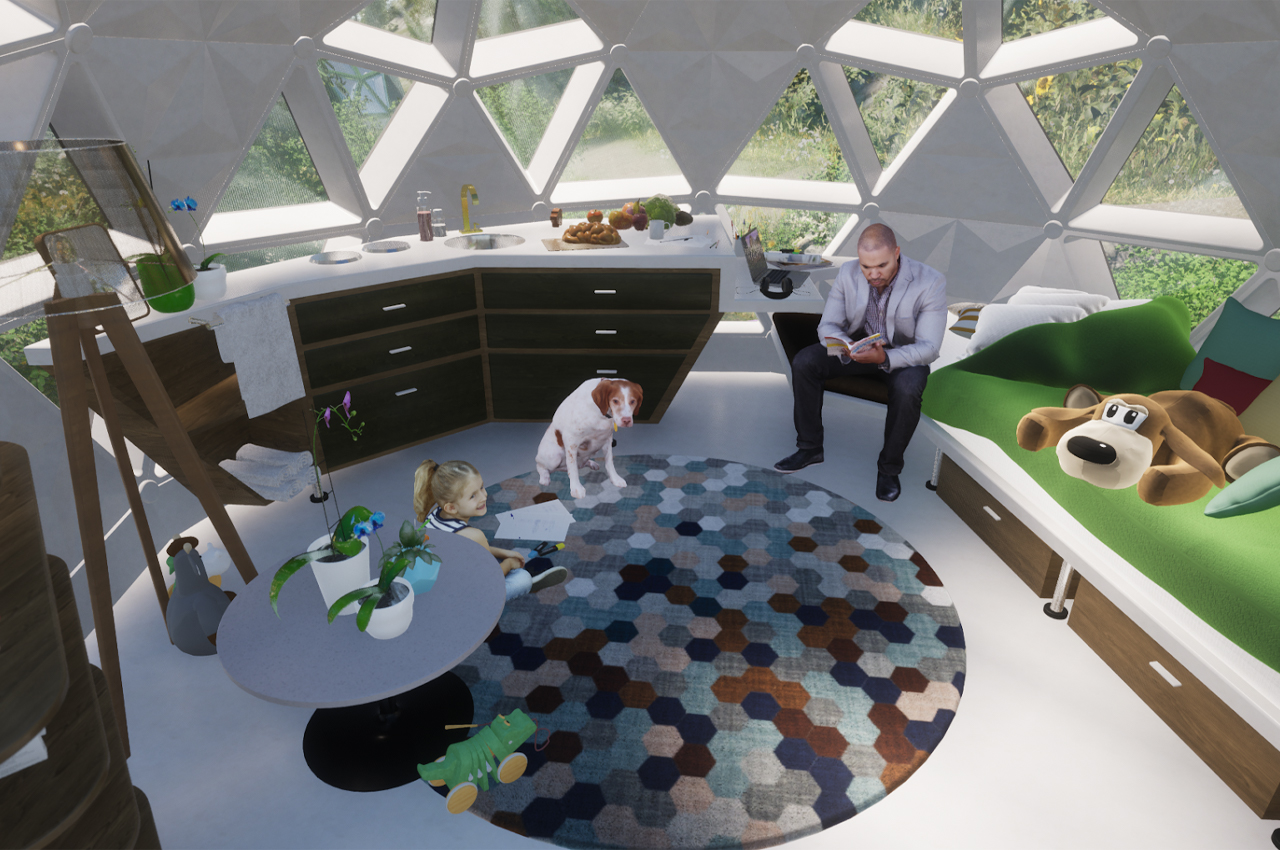
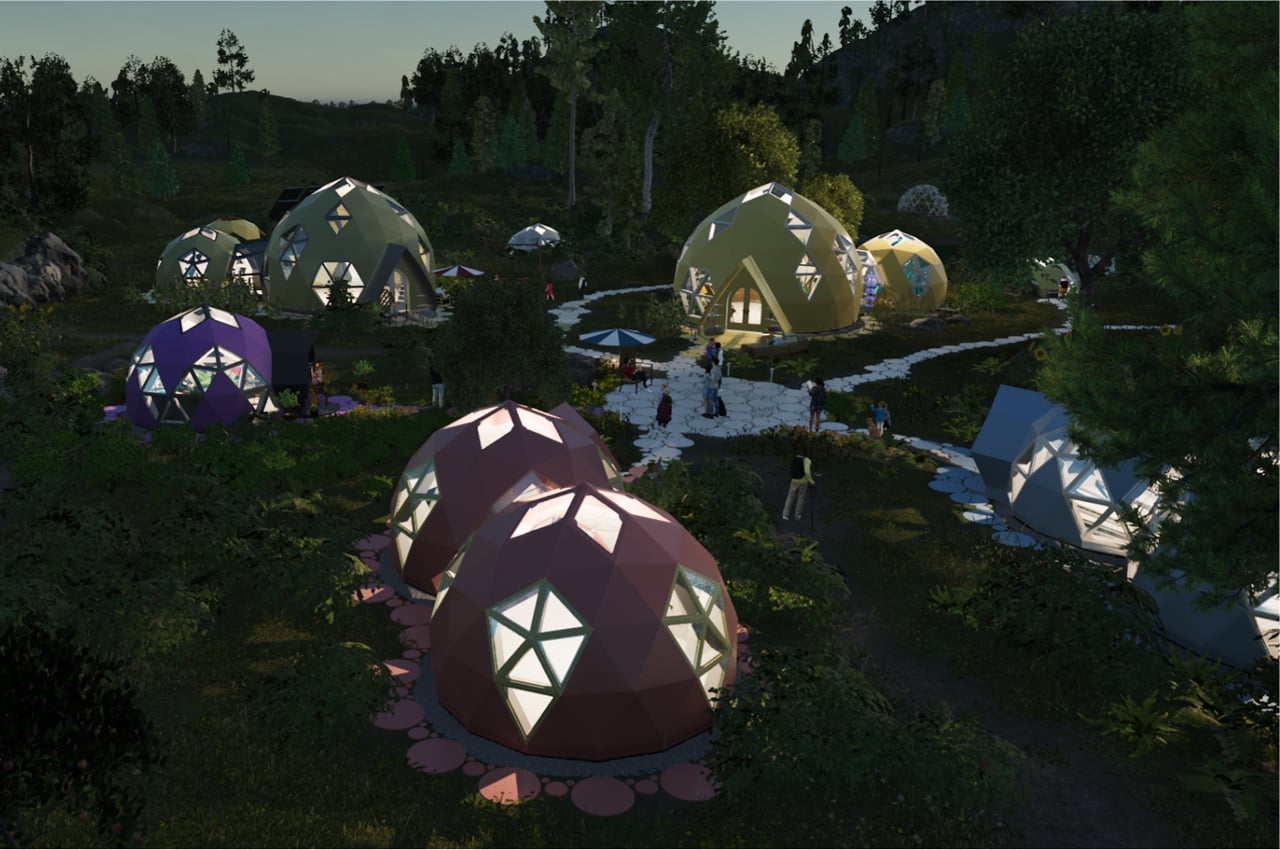
Ideated as a village of geodesic domes, Geoship will progress their home building system to clusters of domes to prove the system’s large-scale feasibility.
The post These geodesic domes built from bioceramics are a form of regenerative architecture first appeared on Yanko Design.
